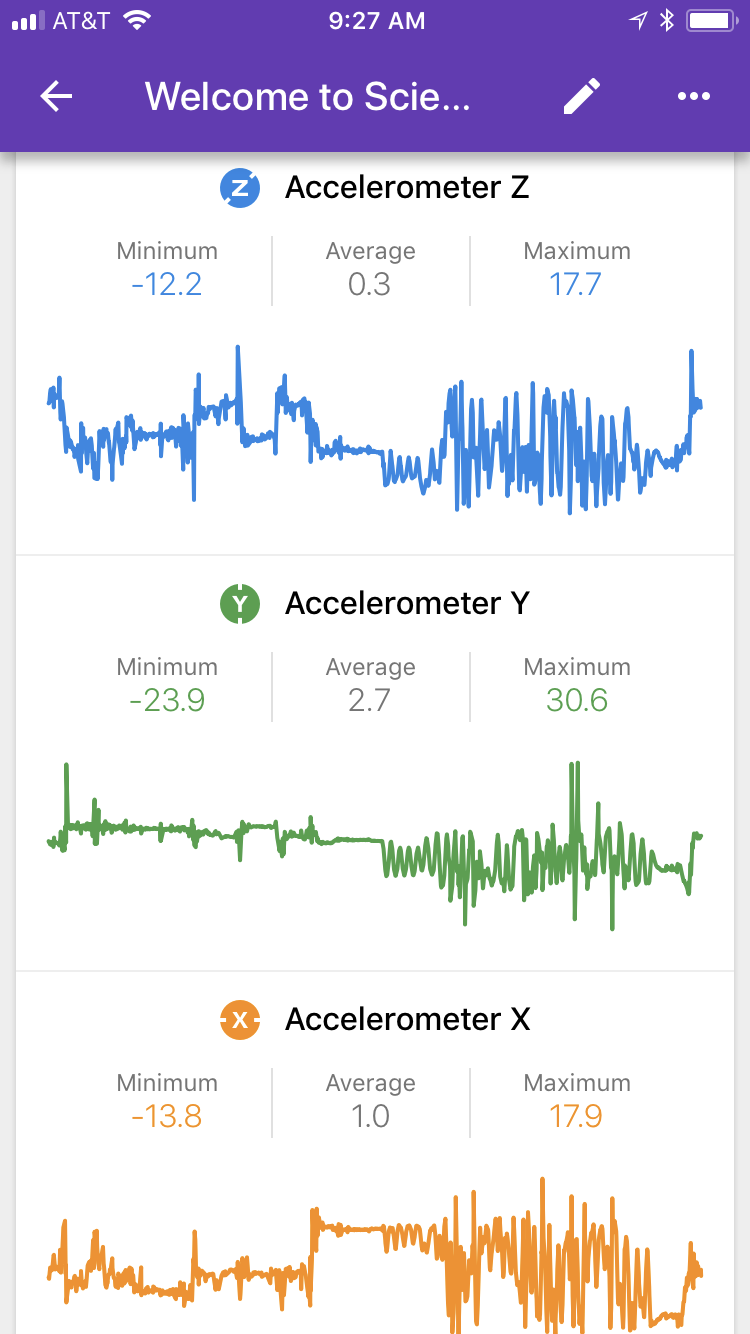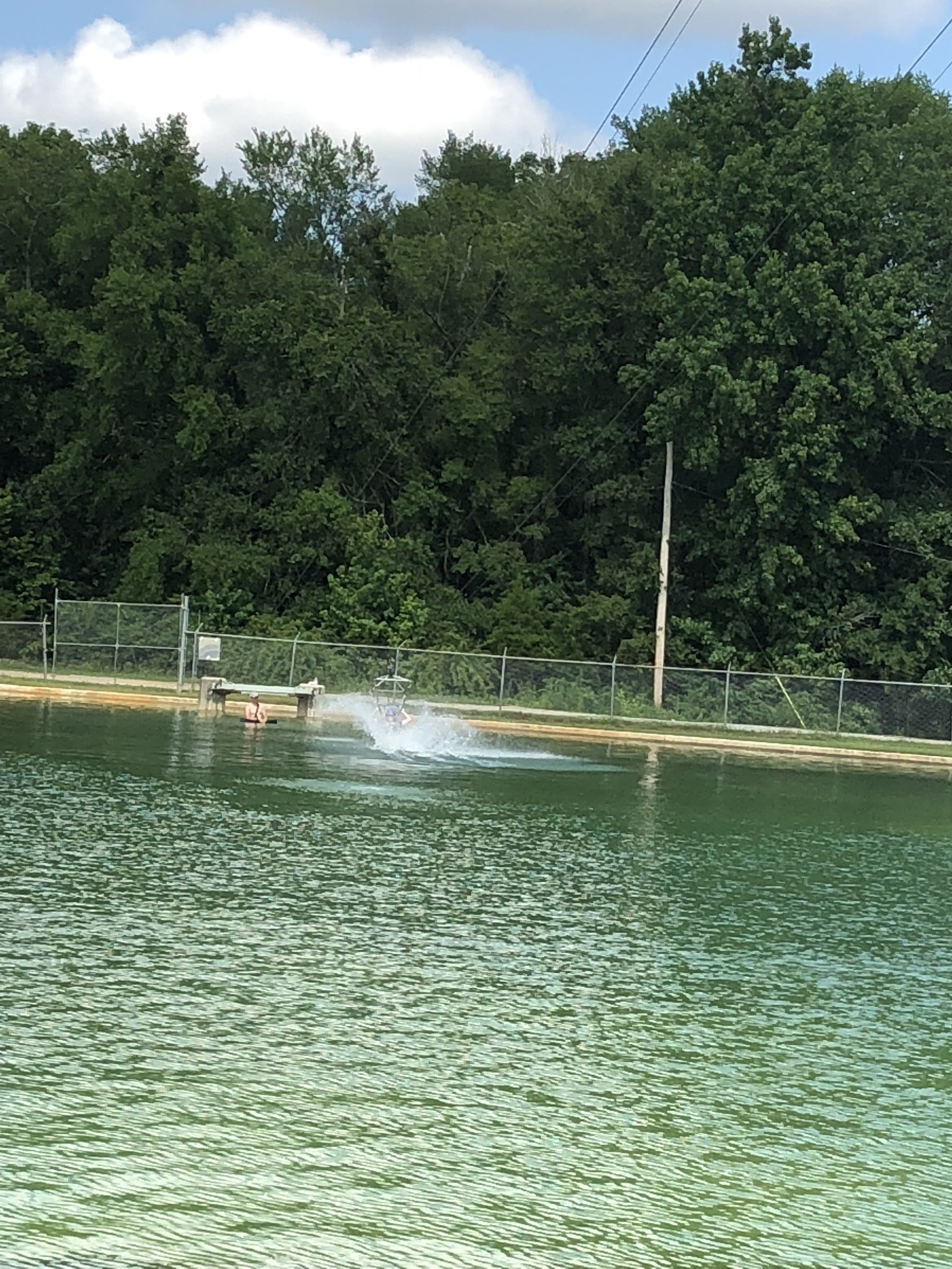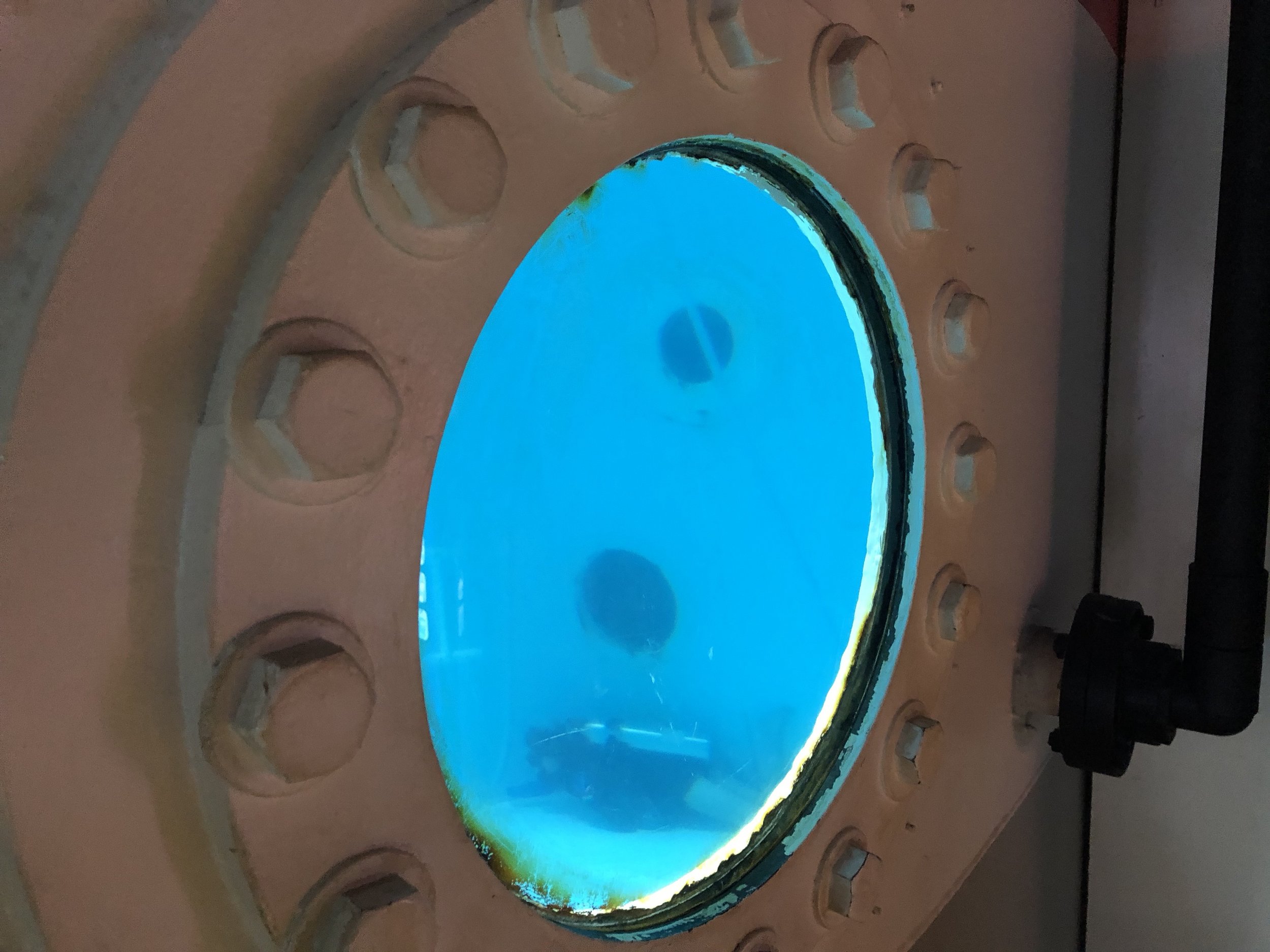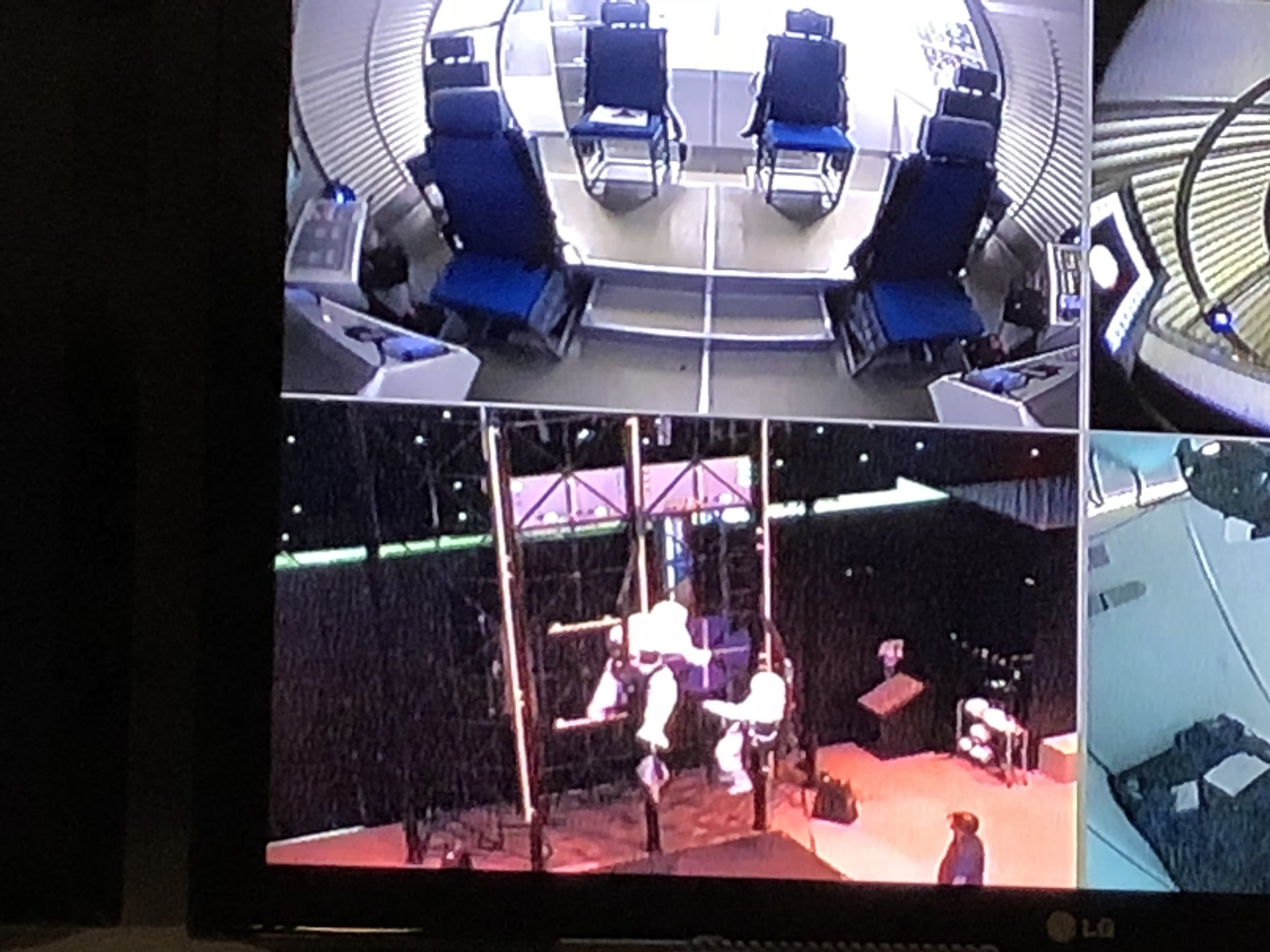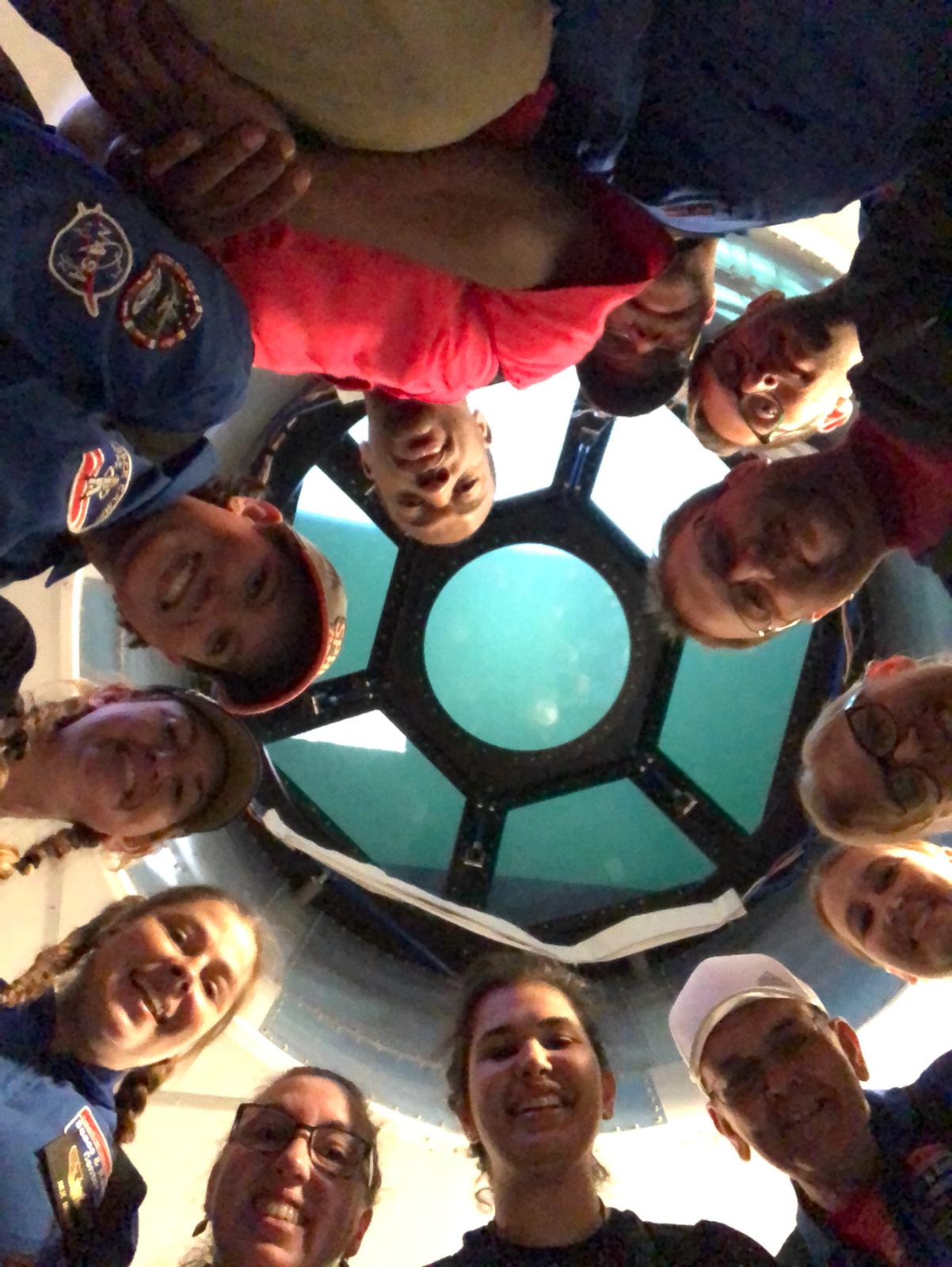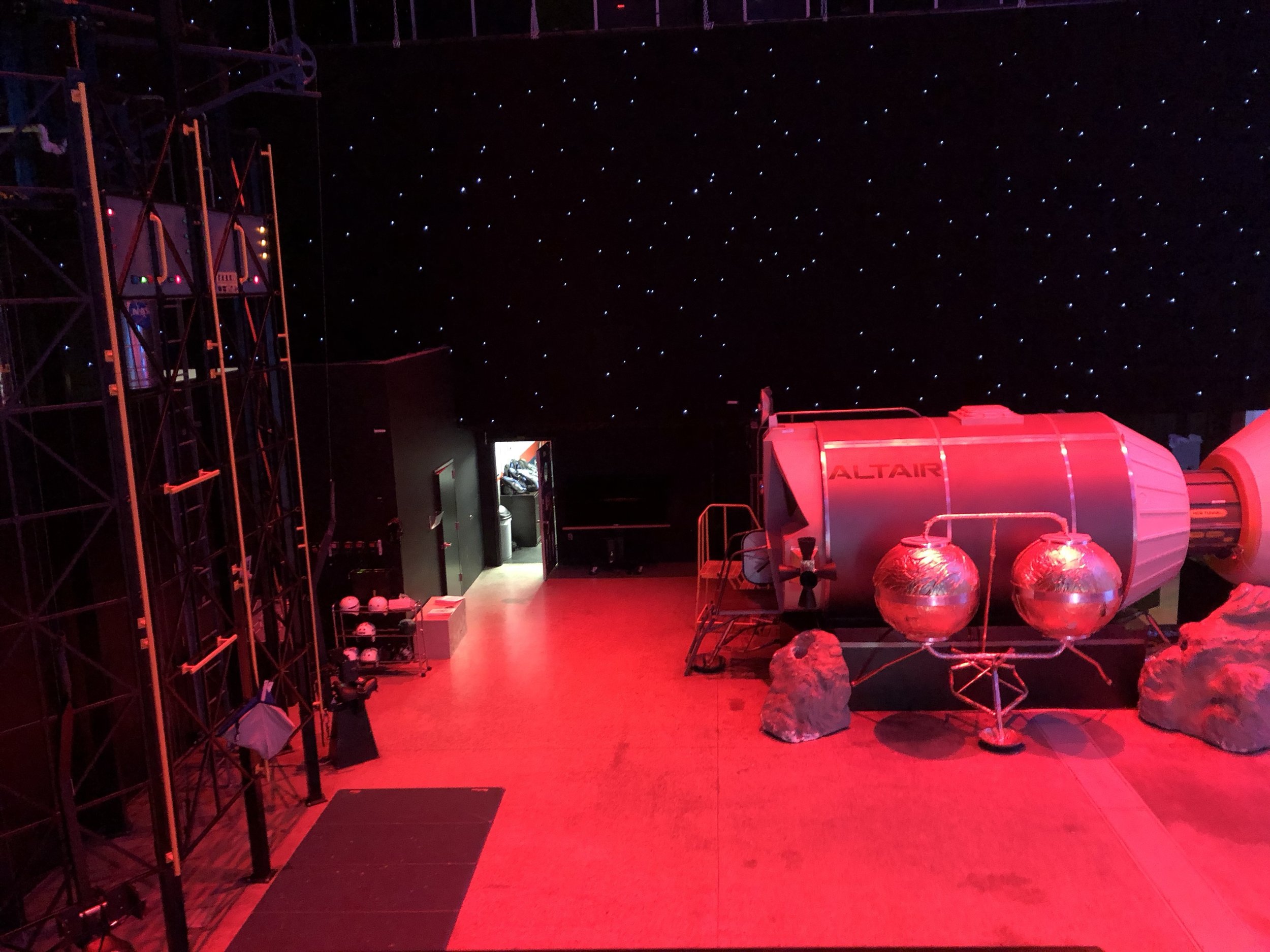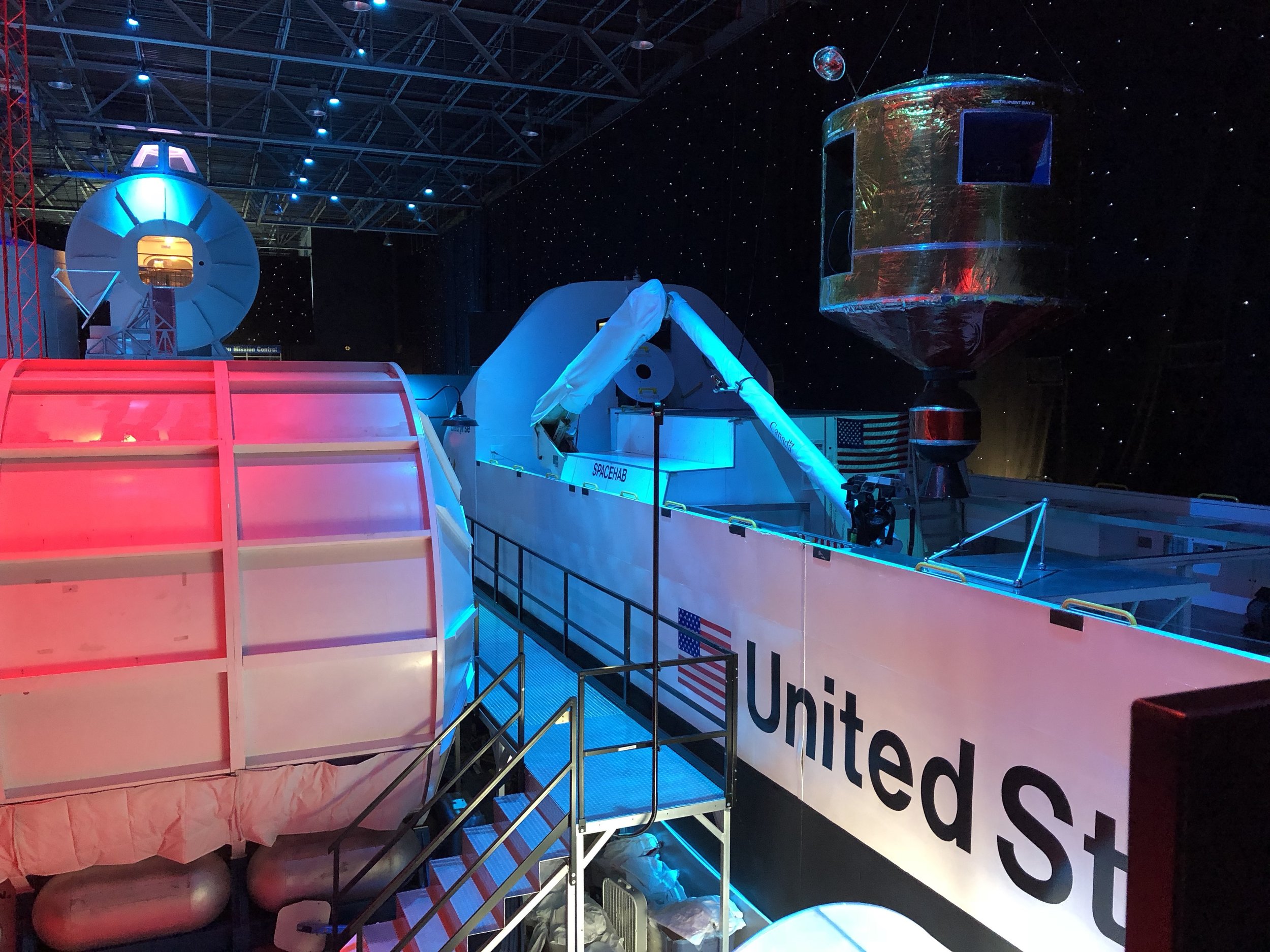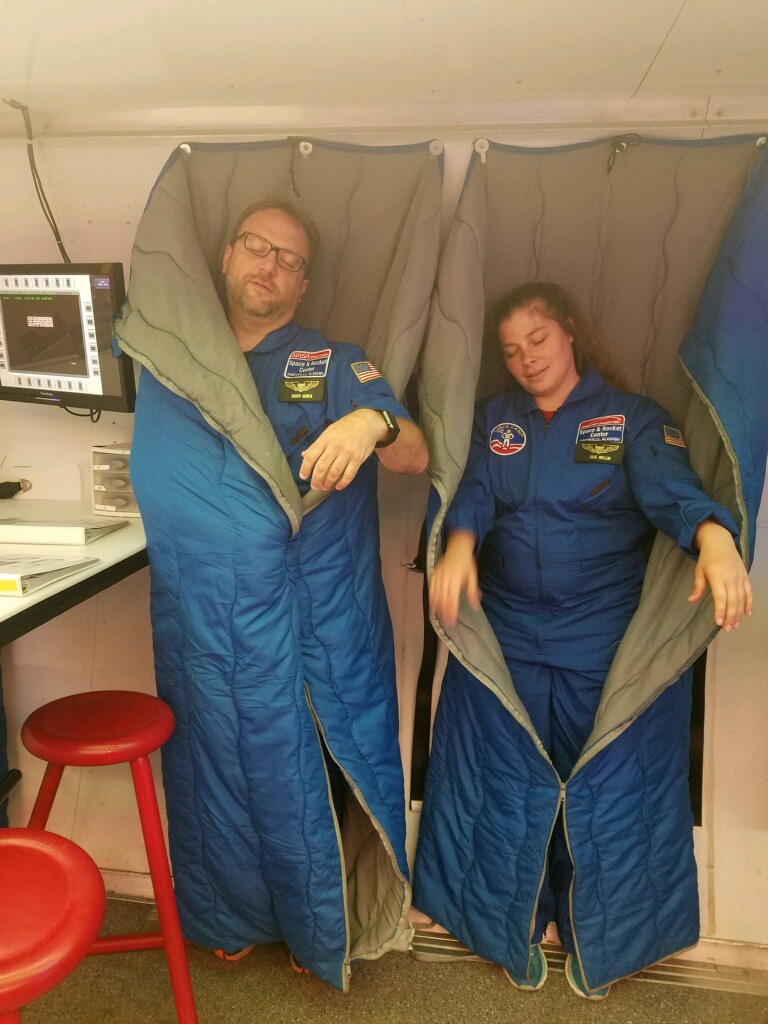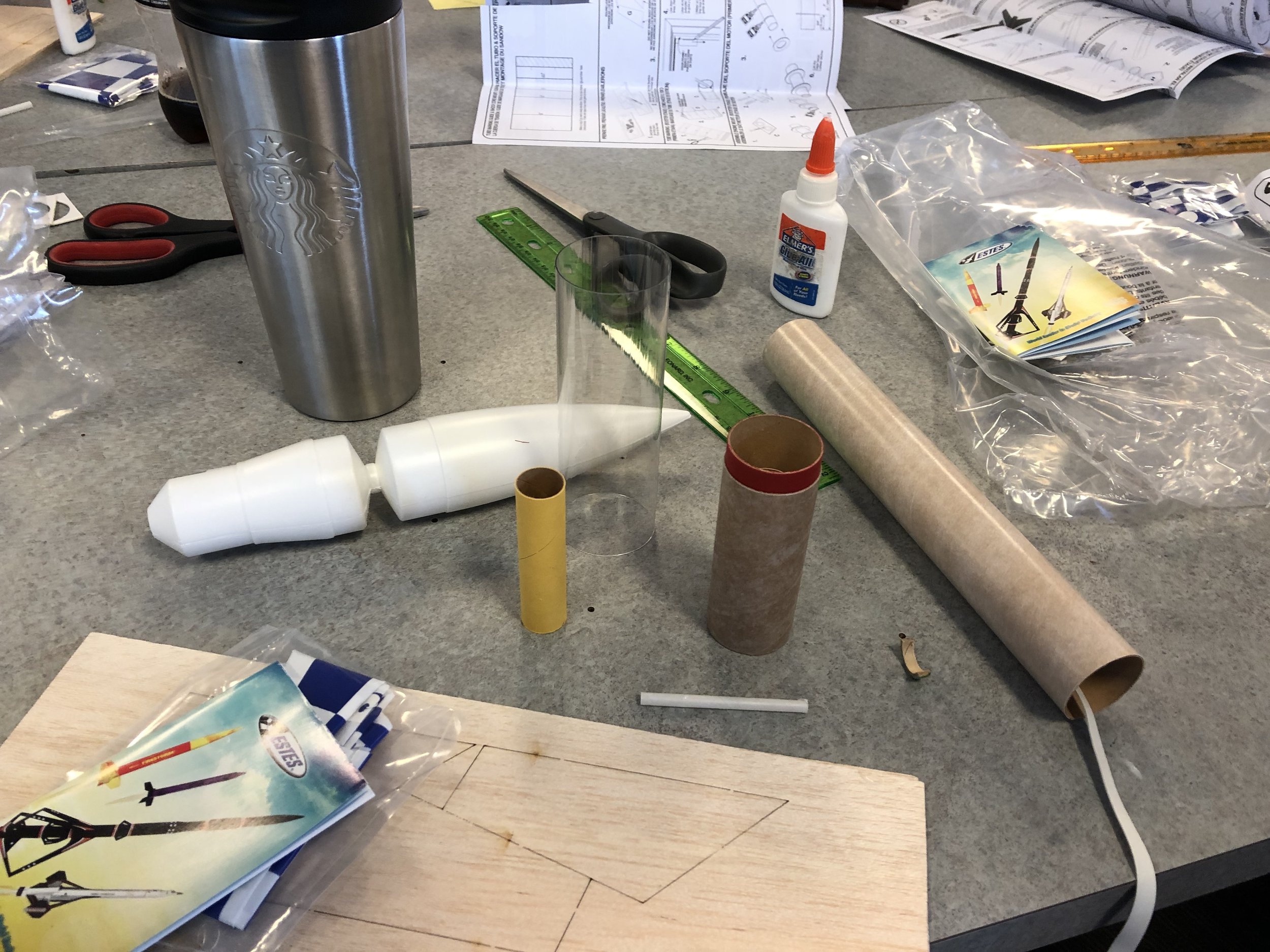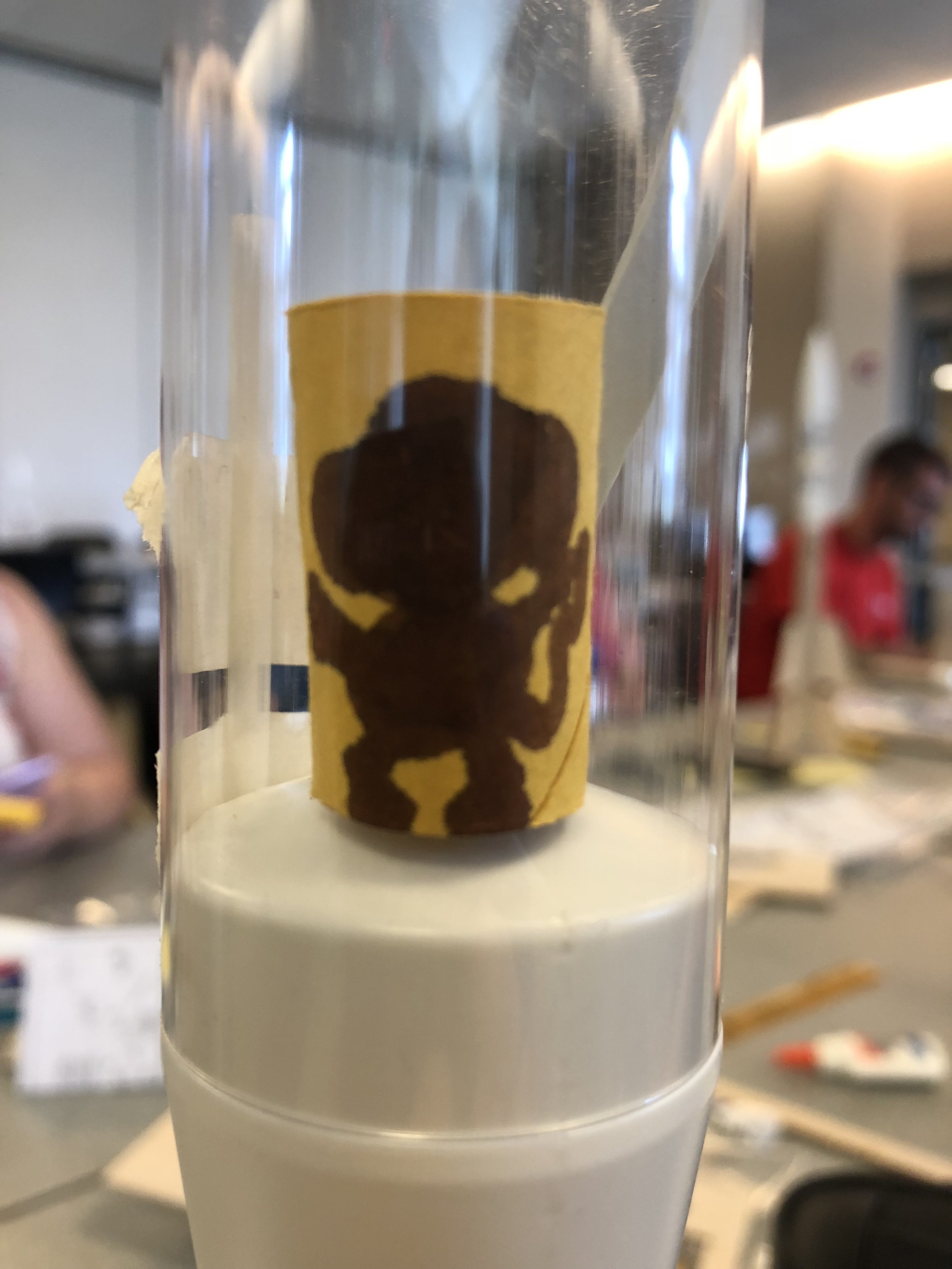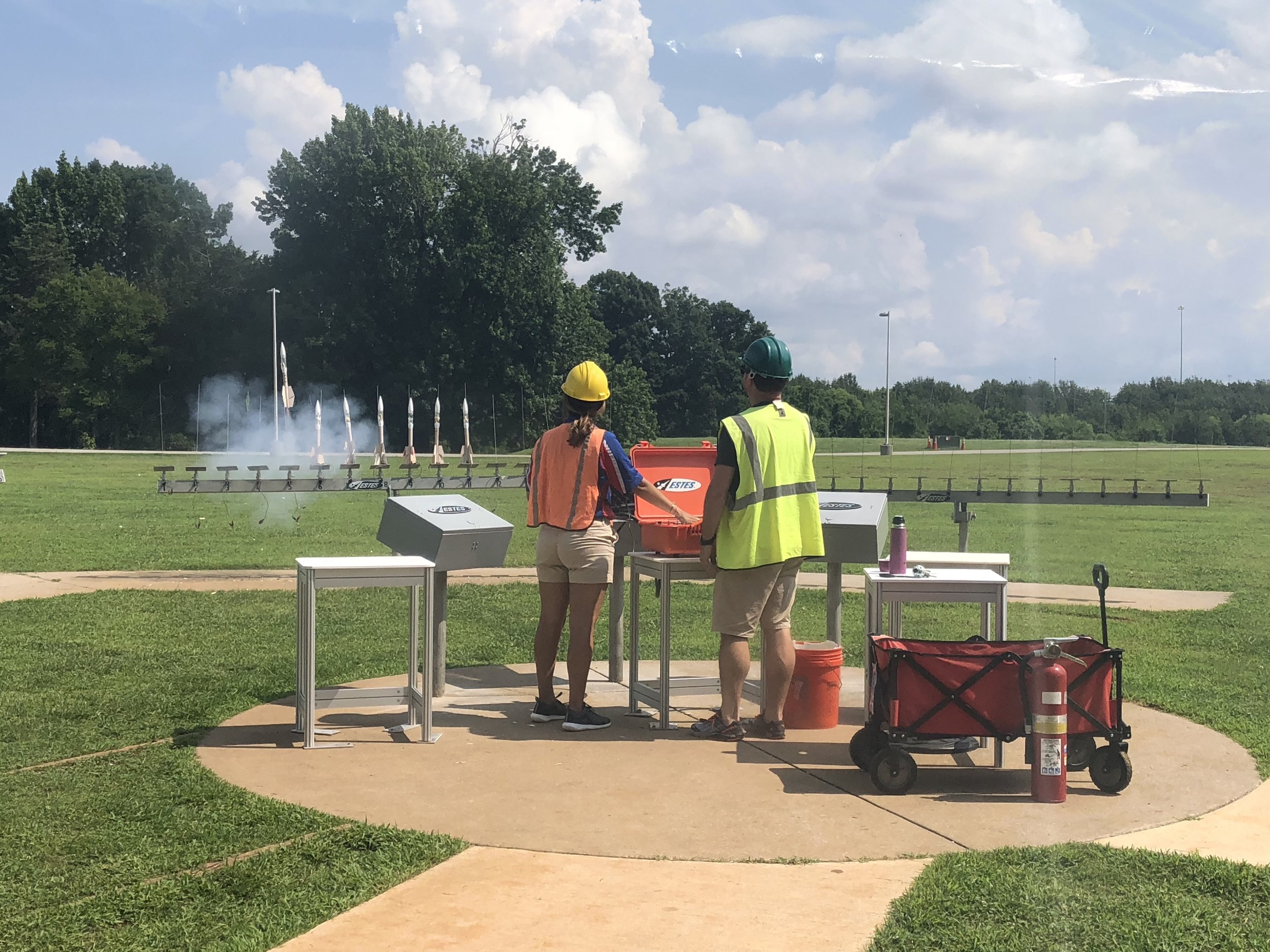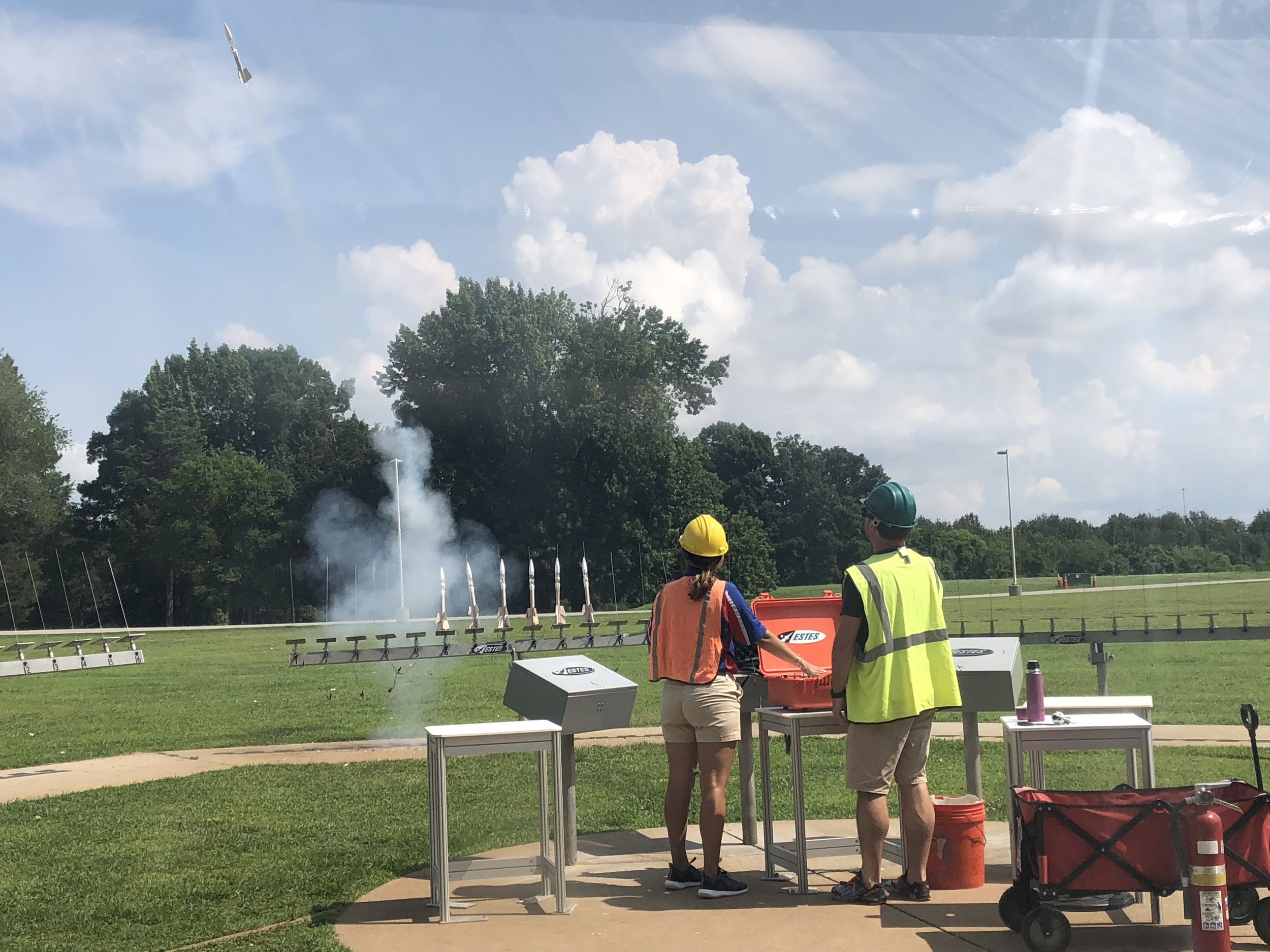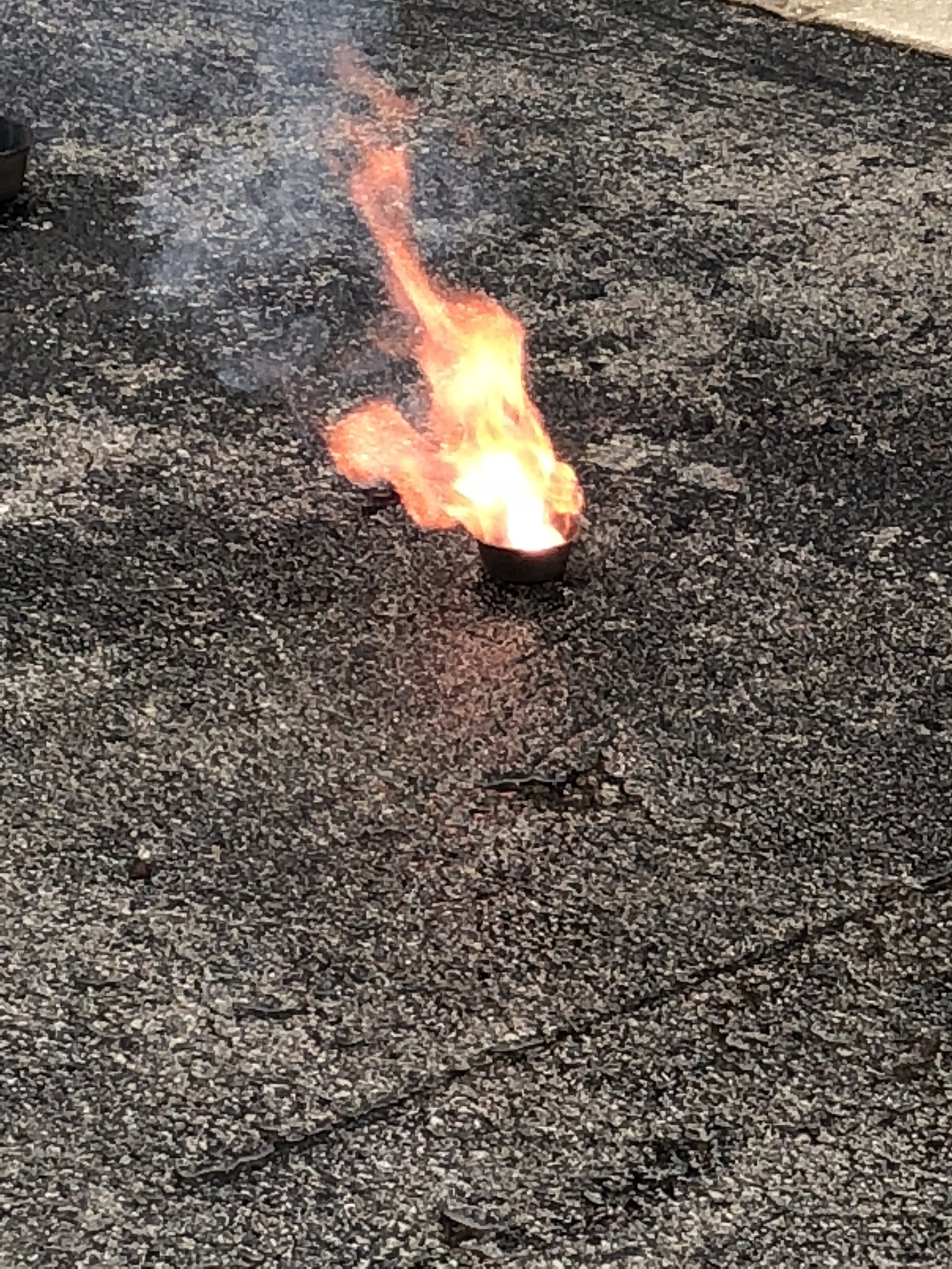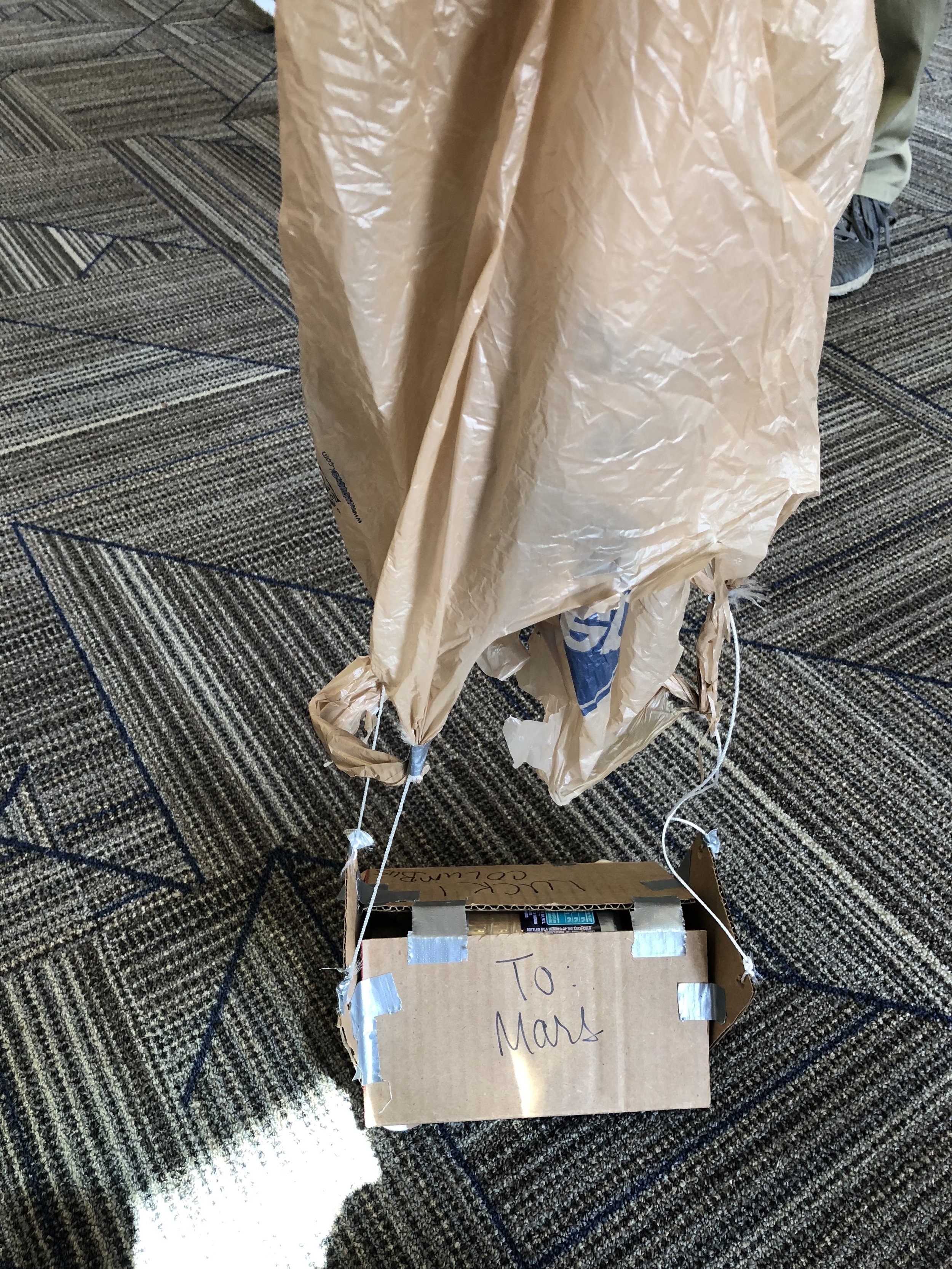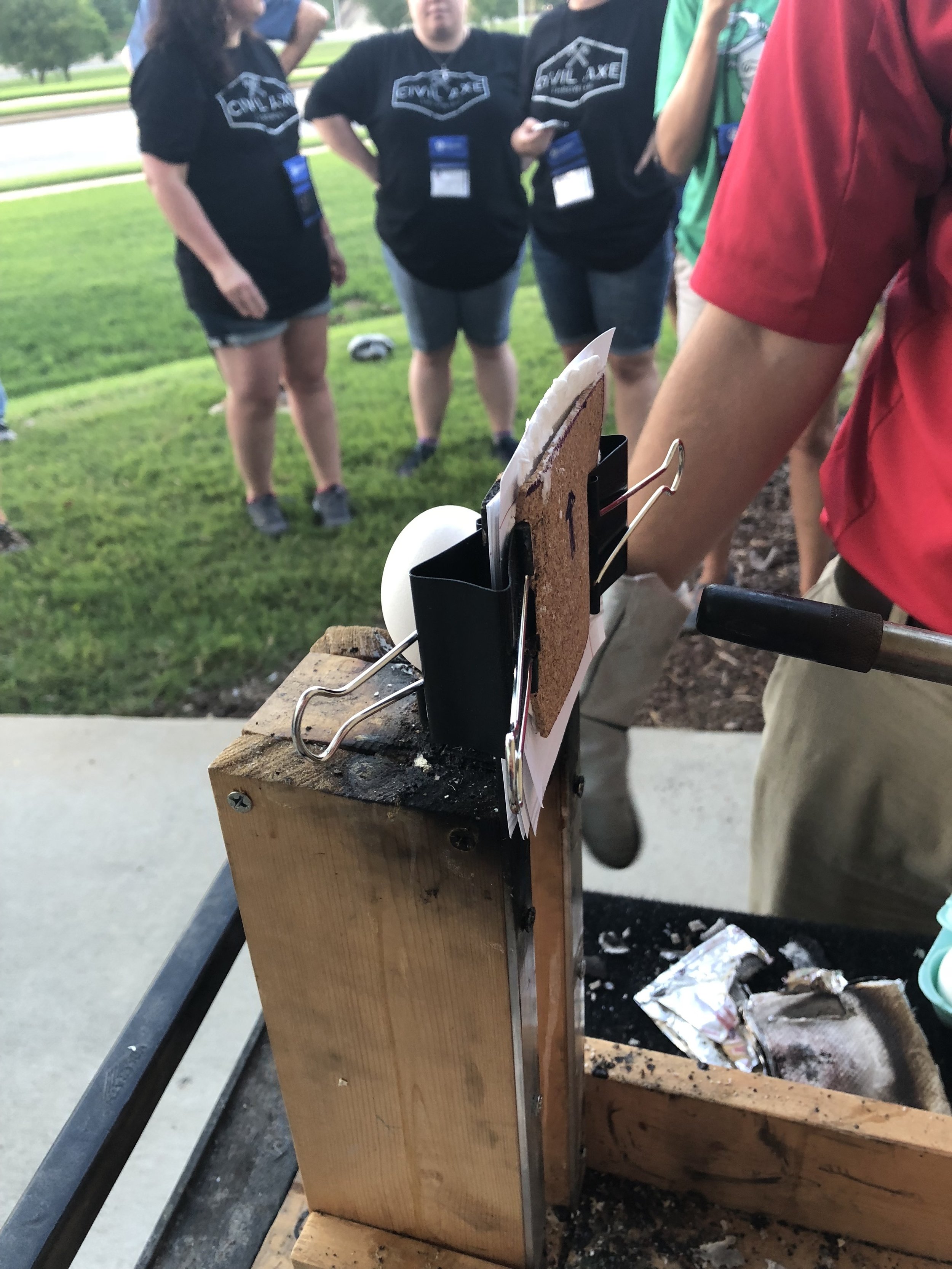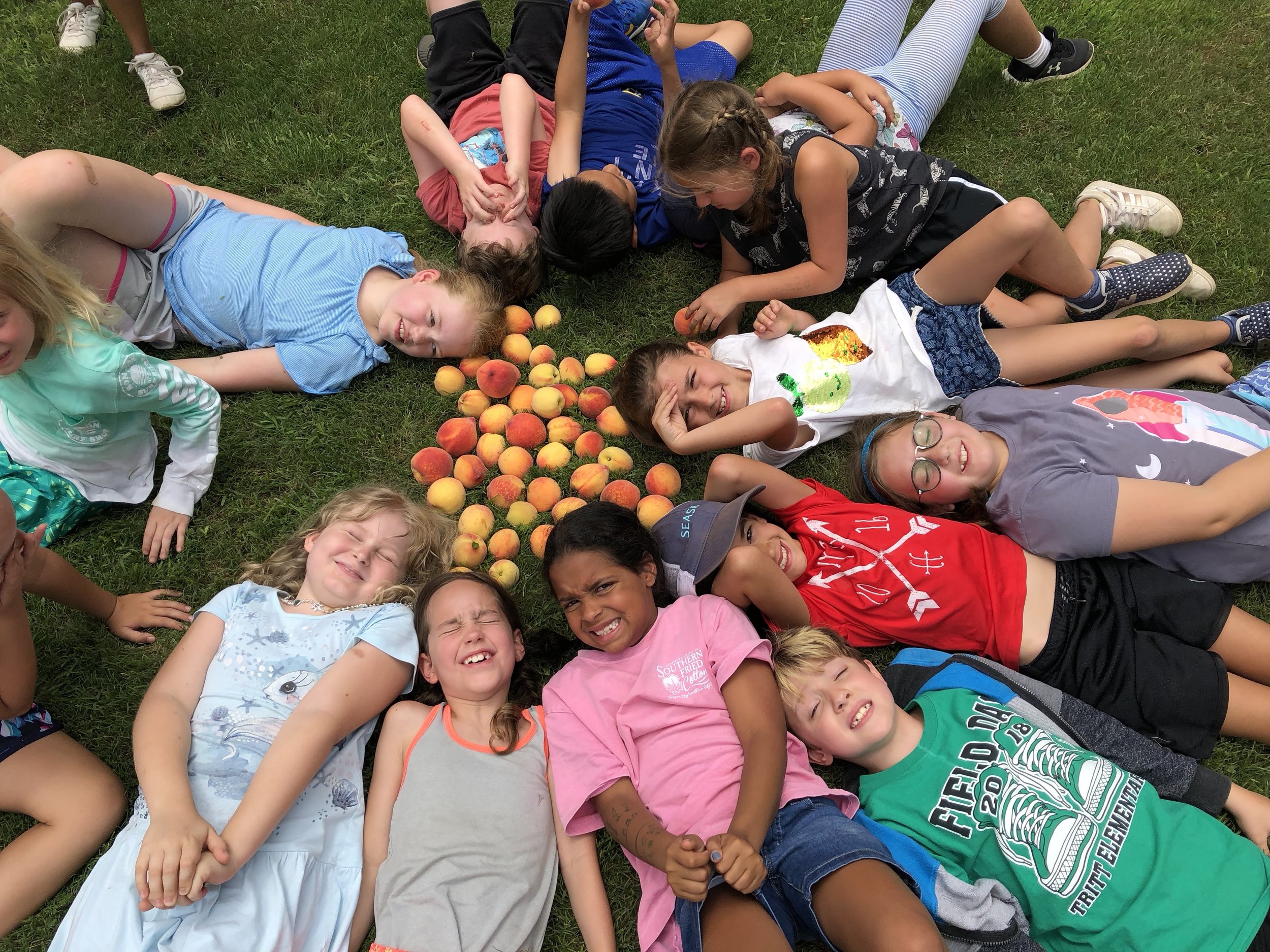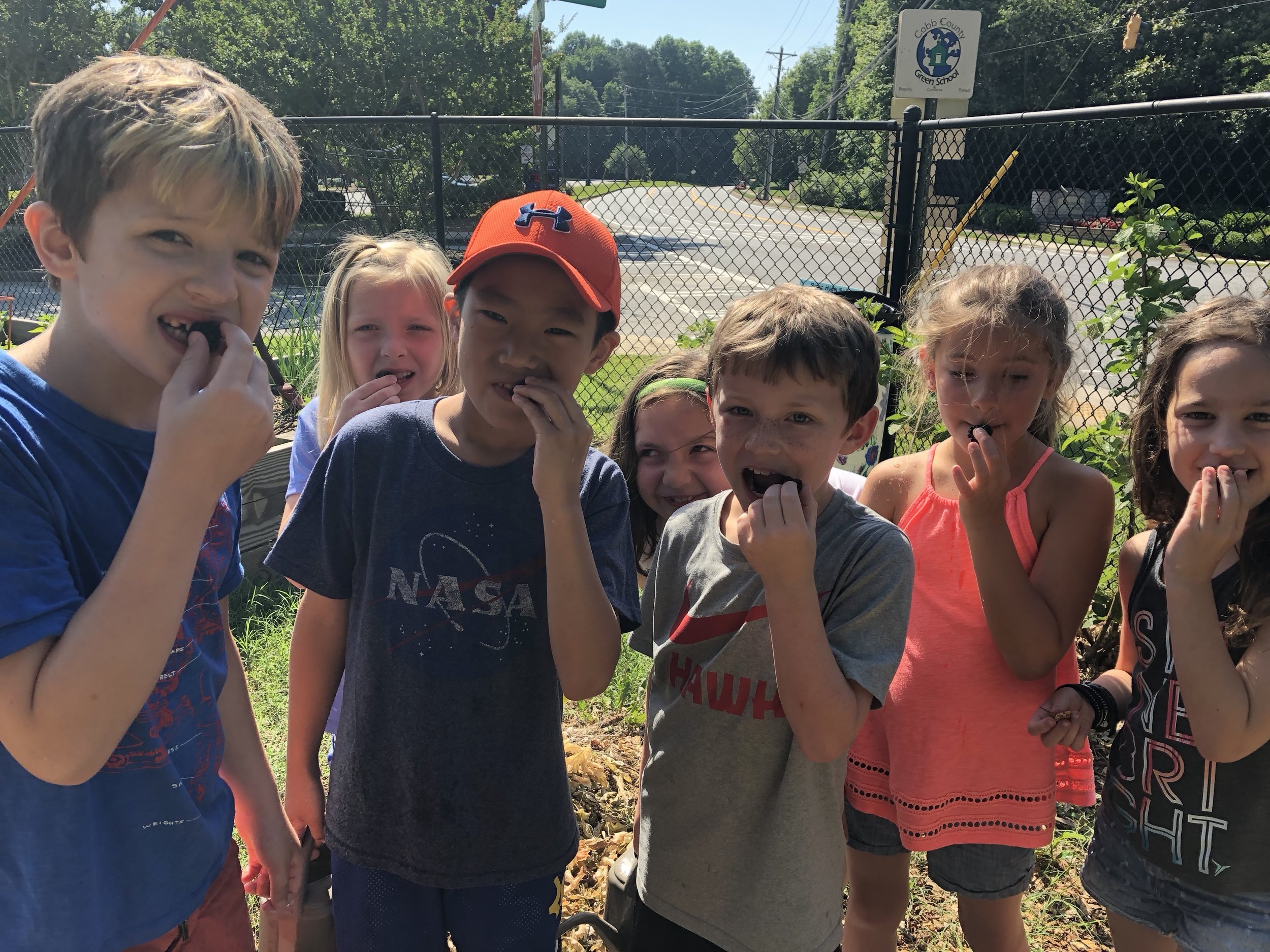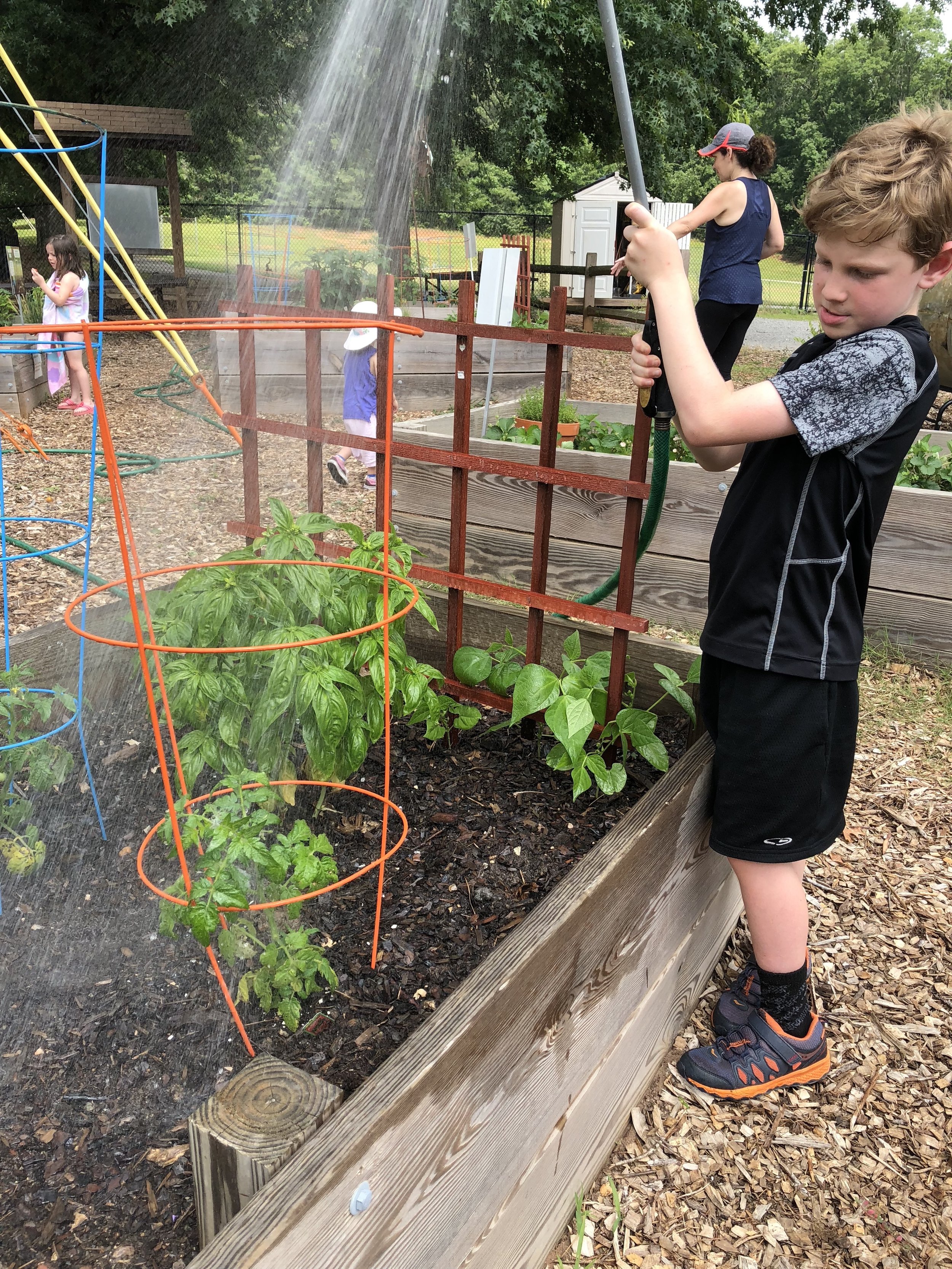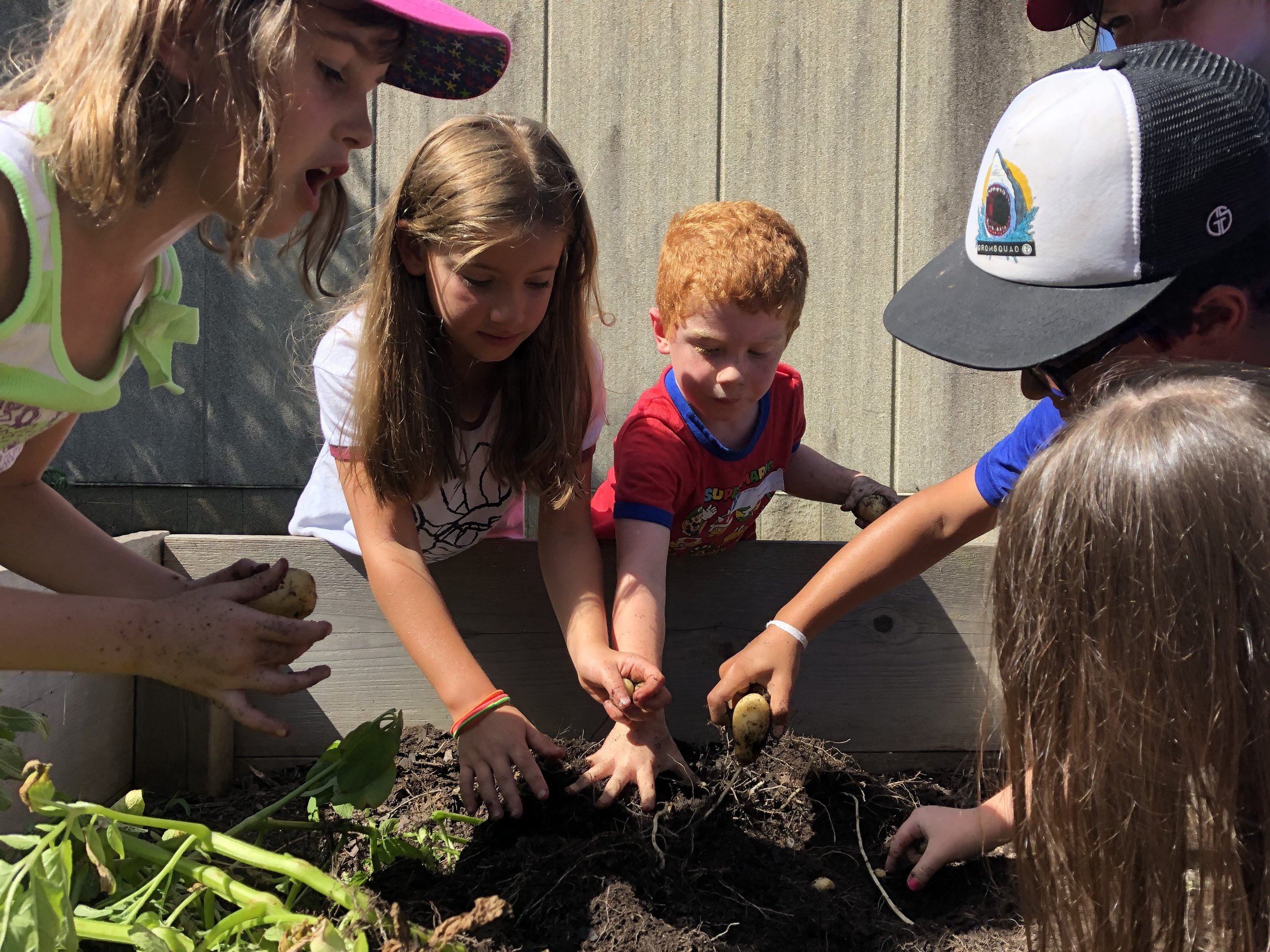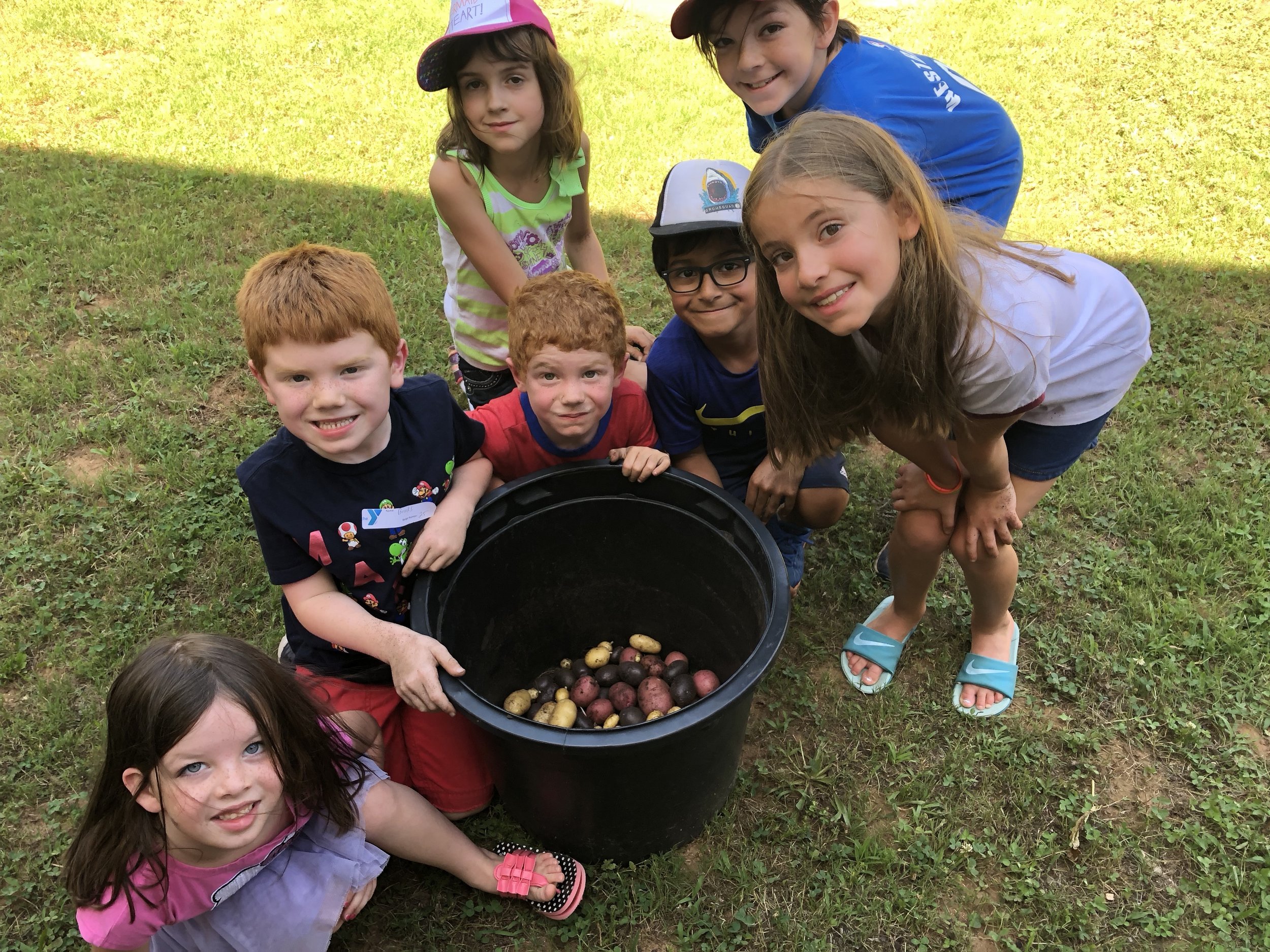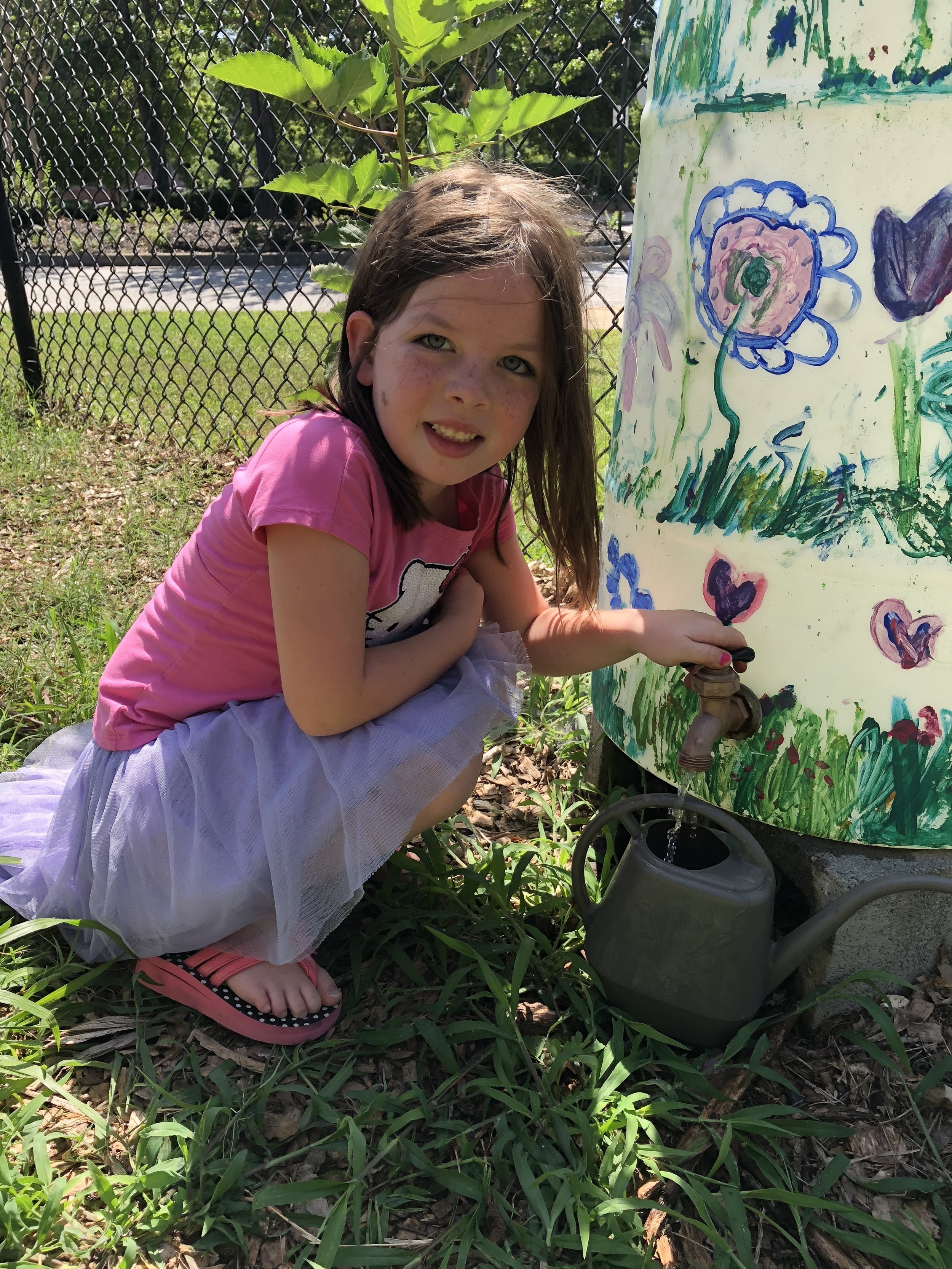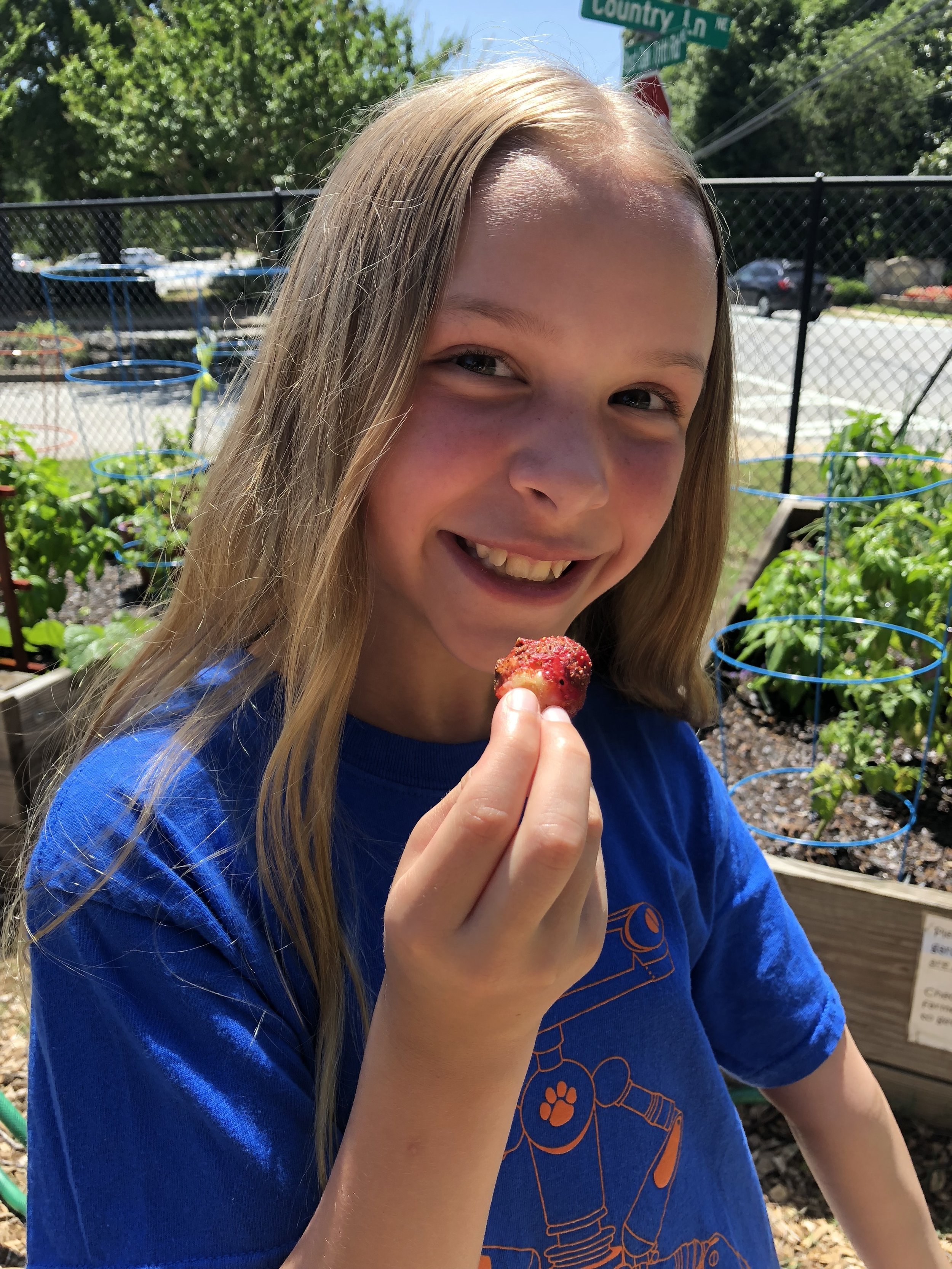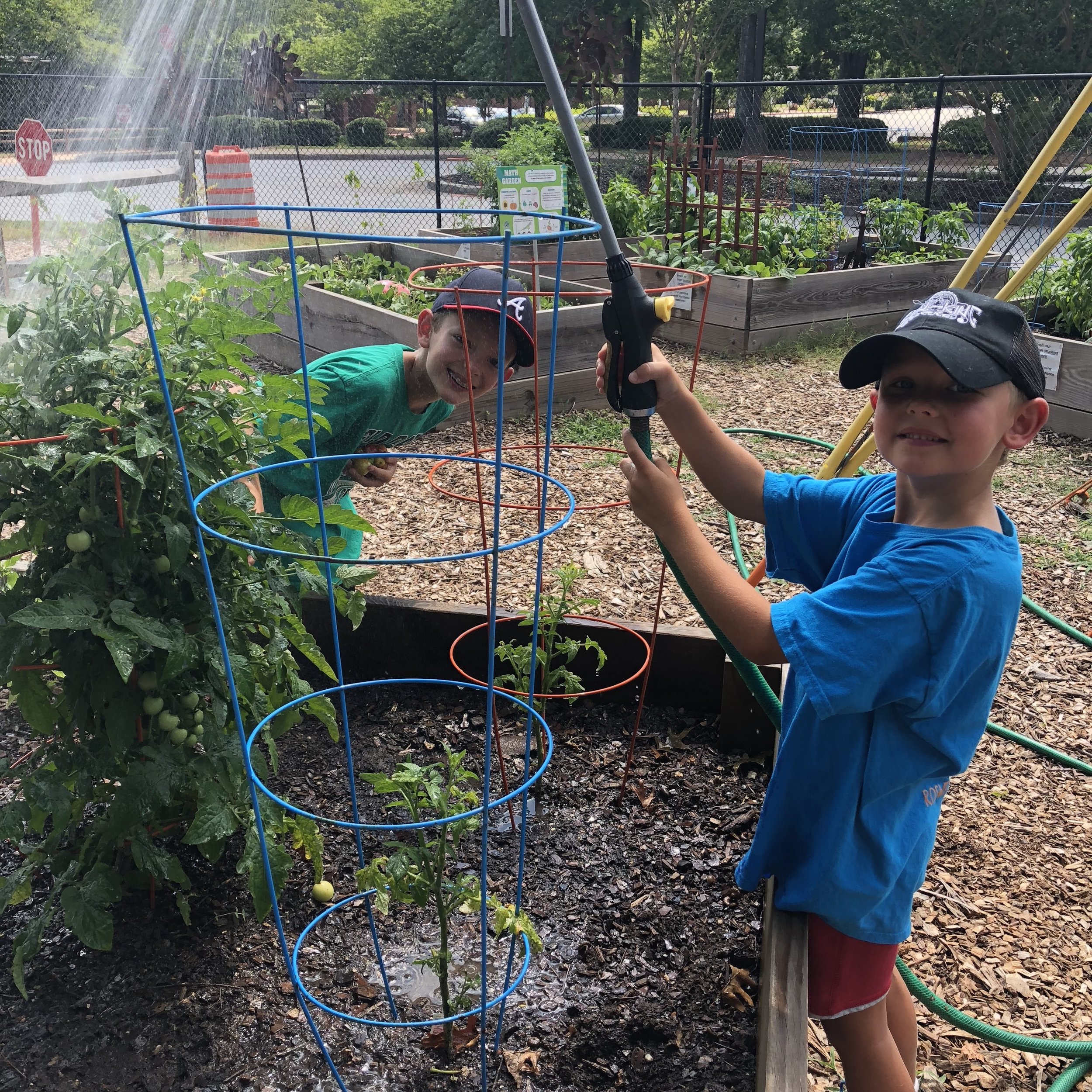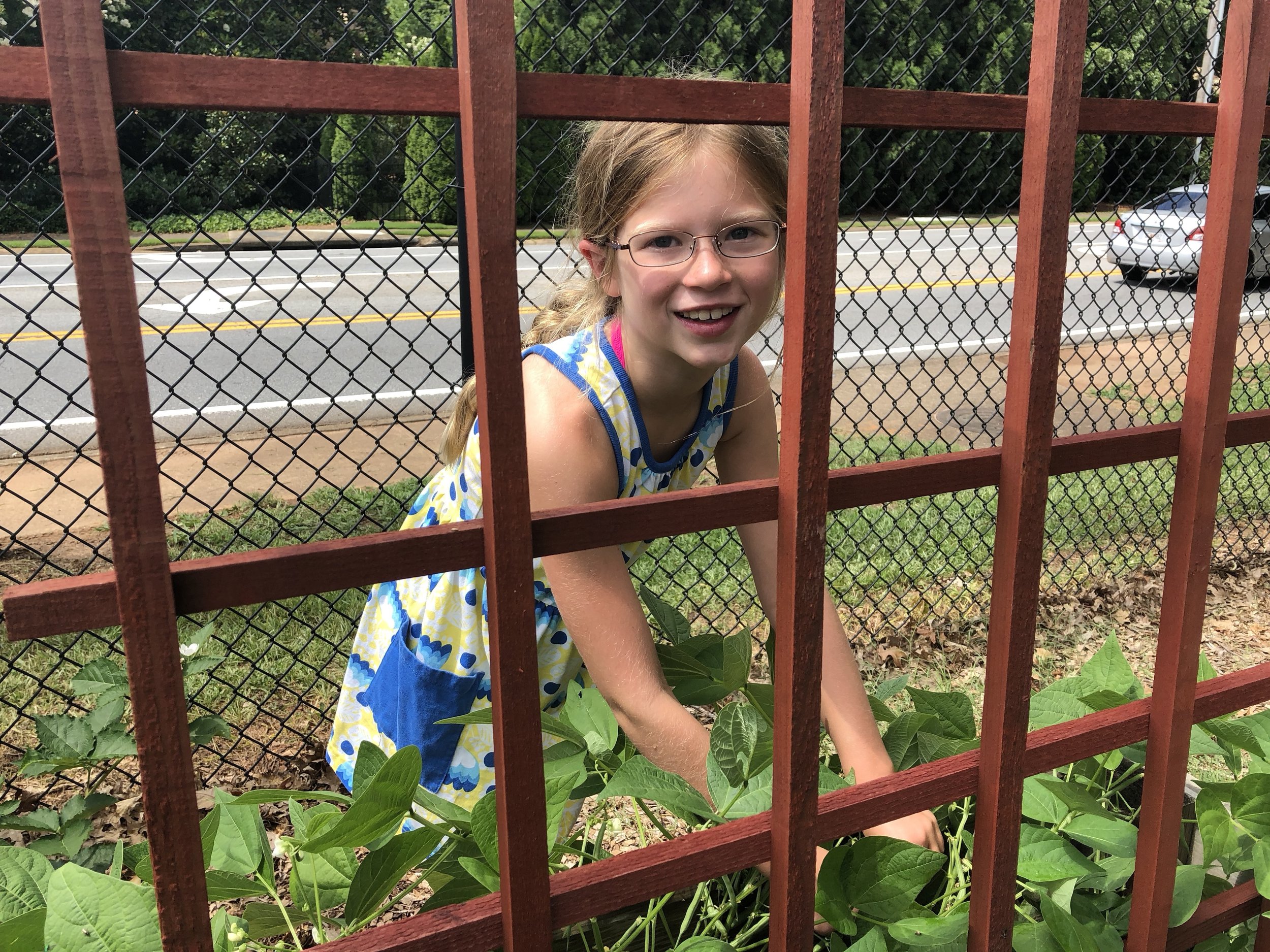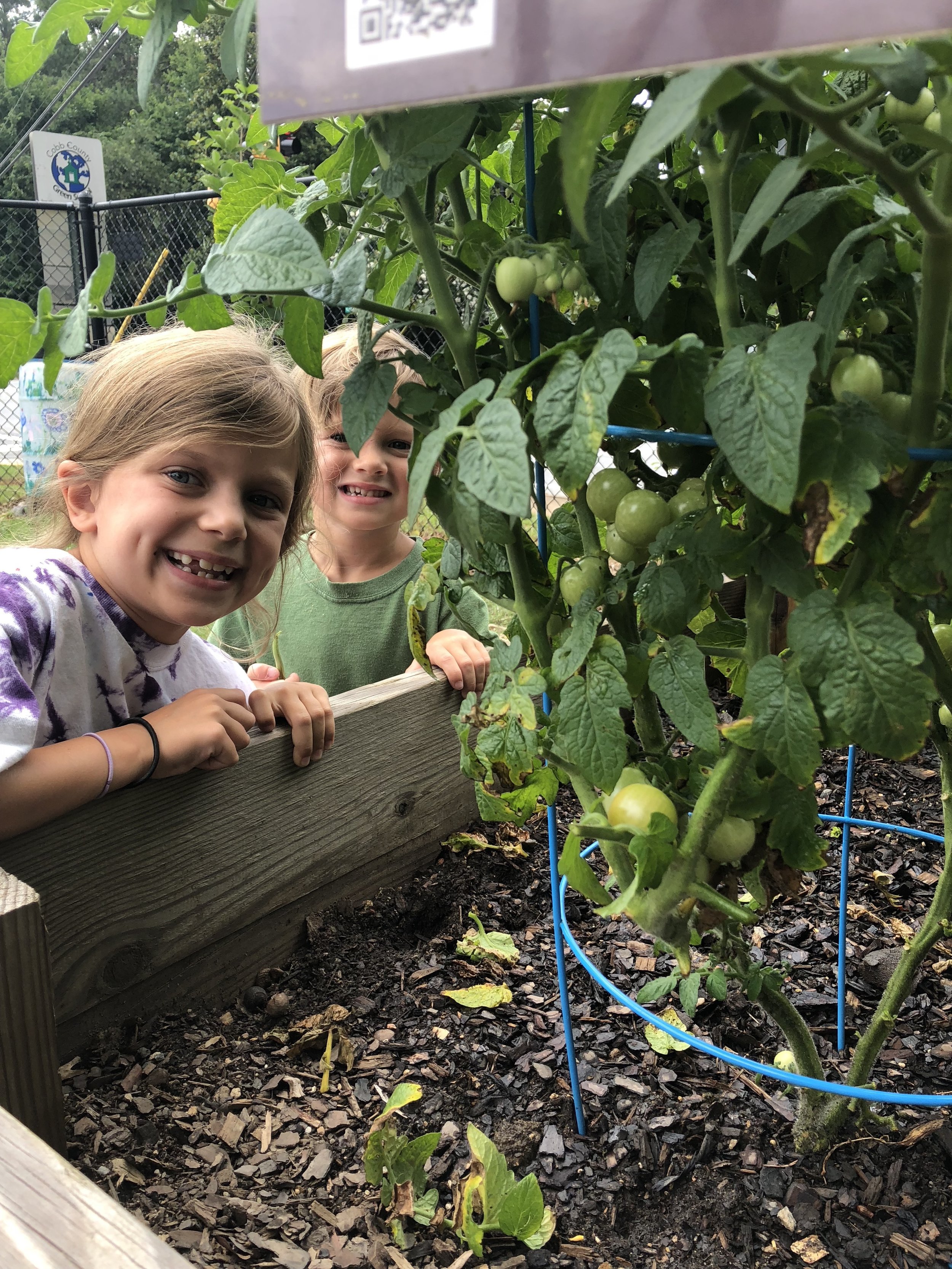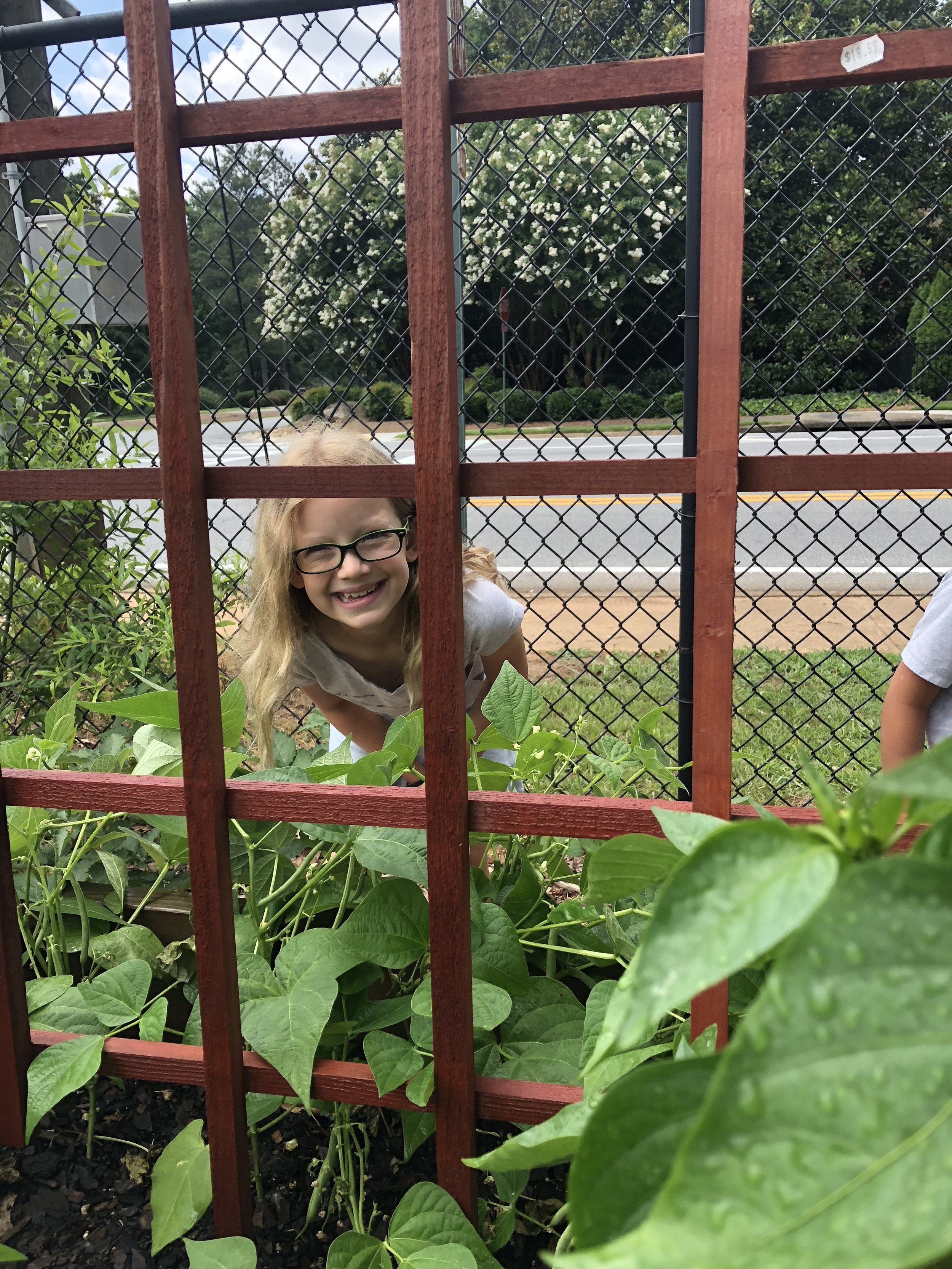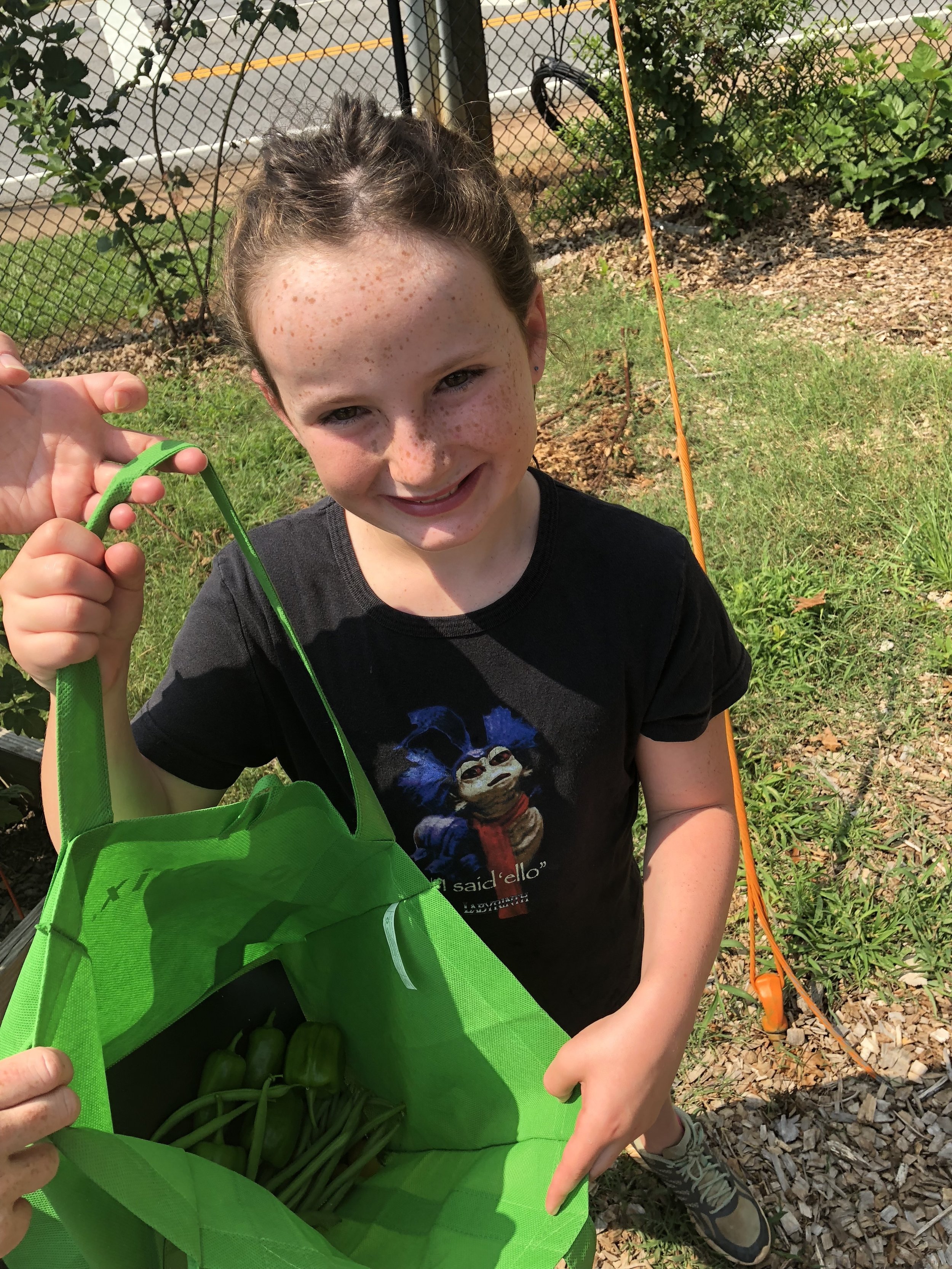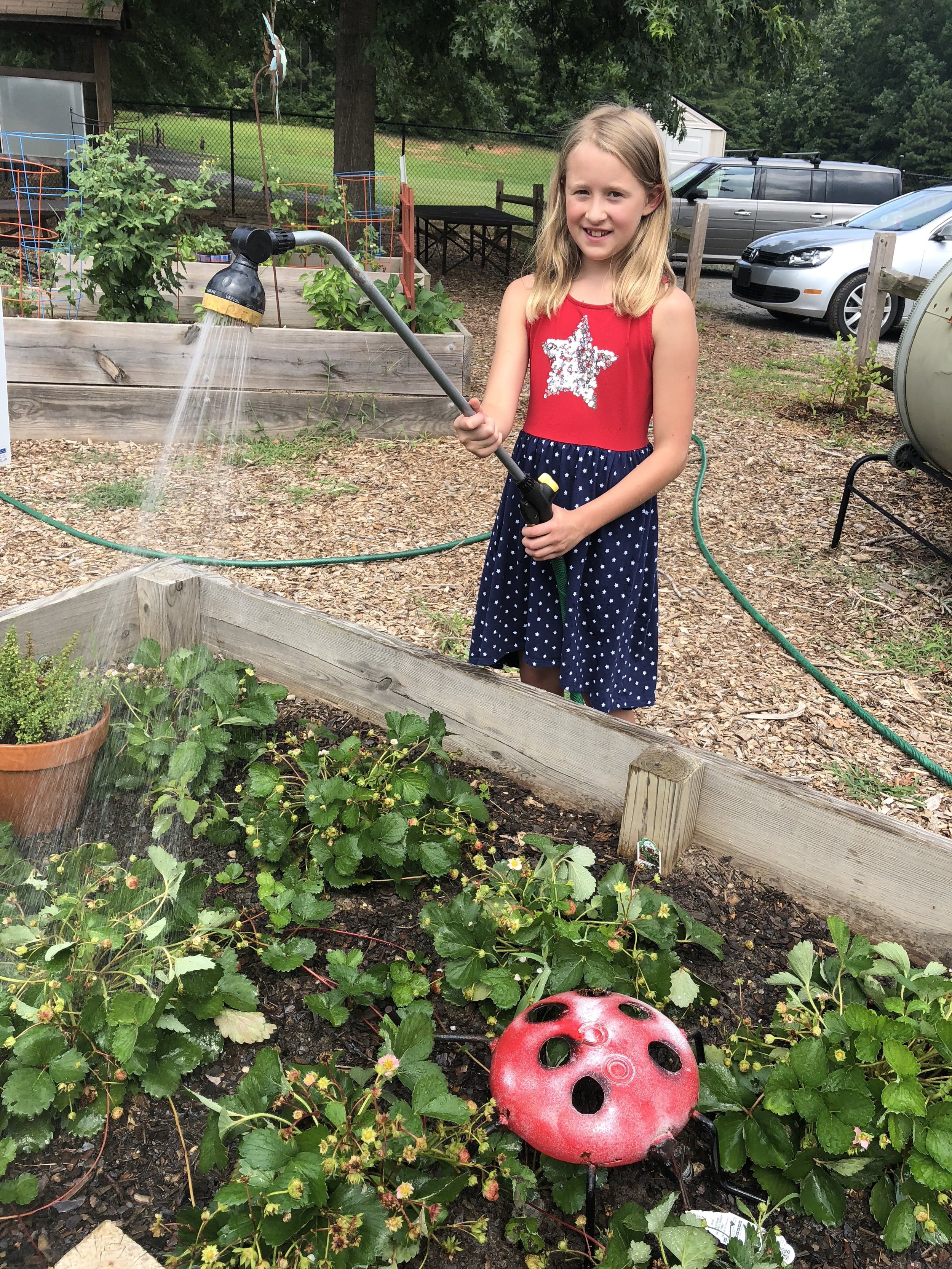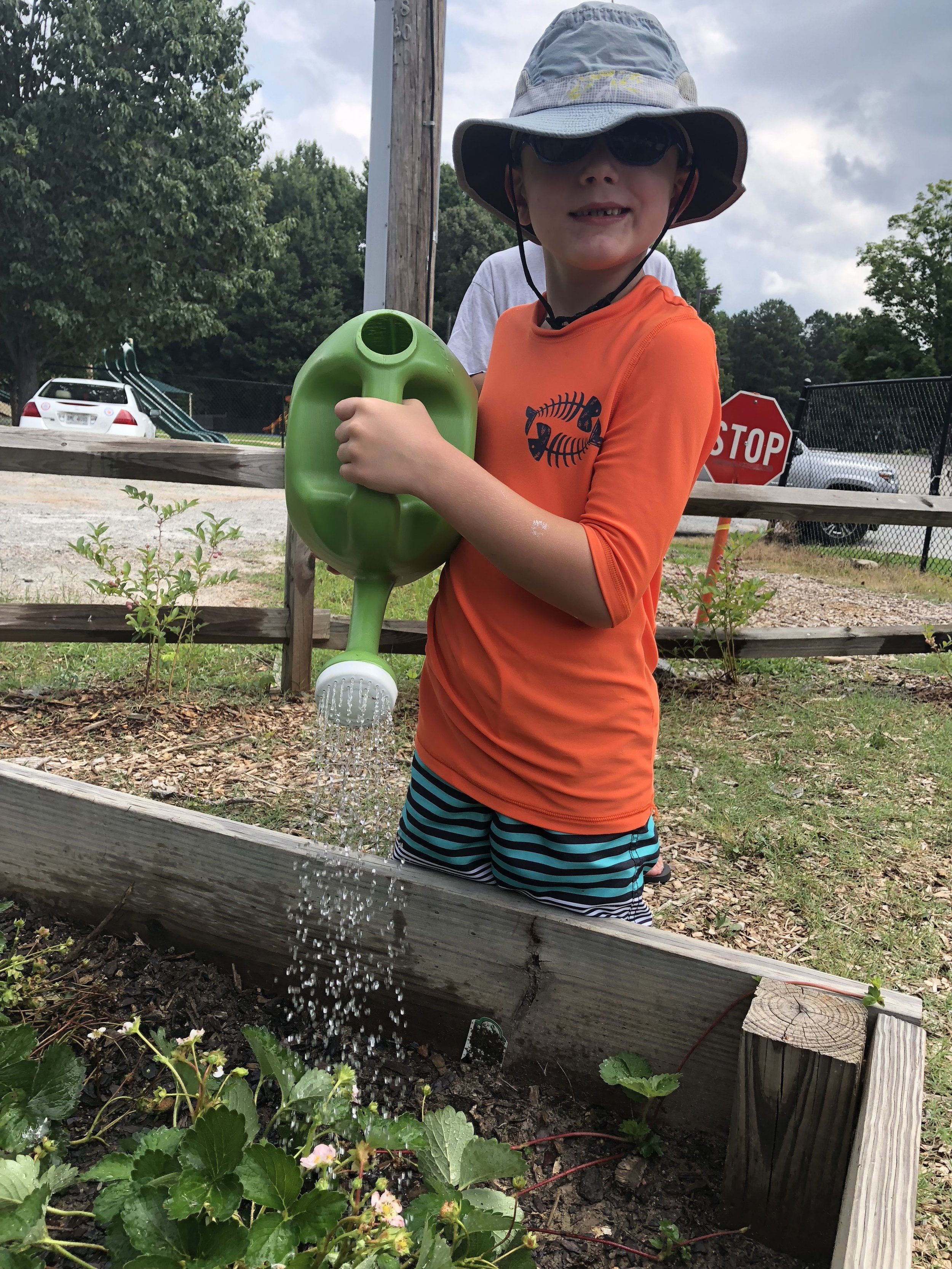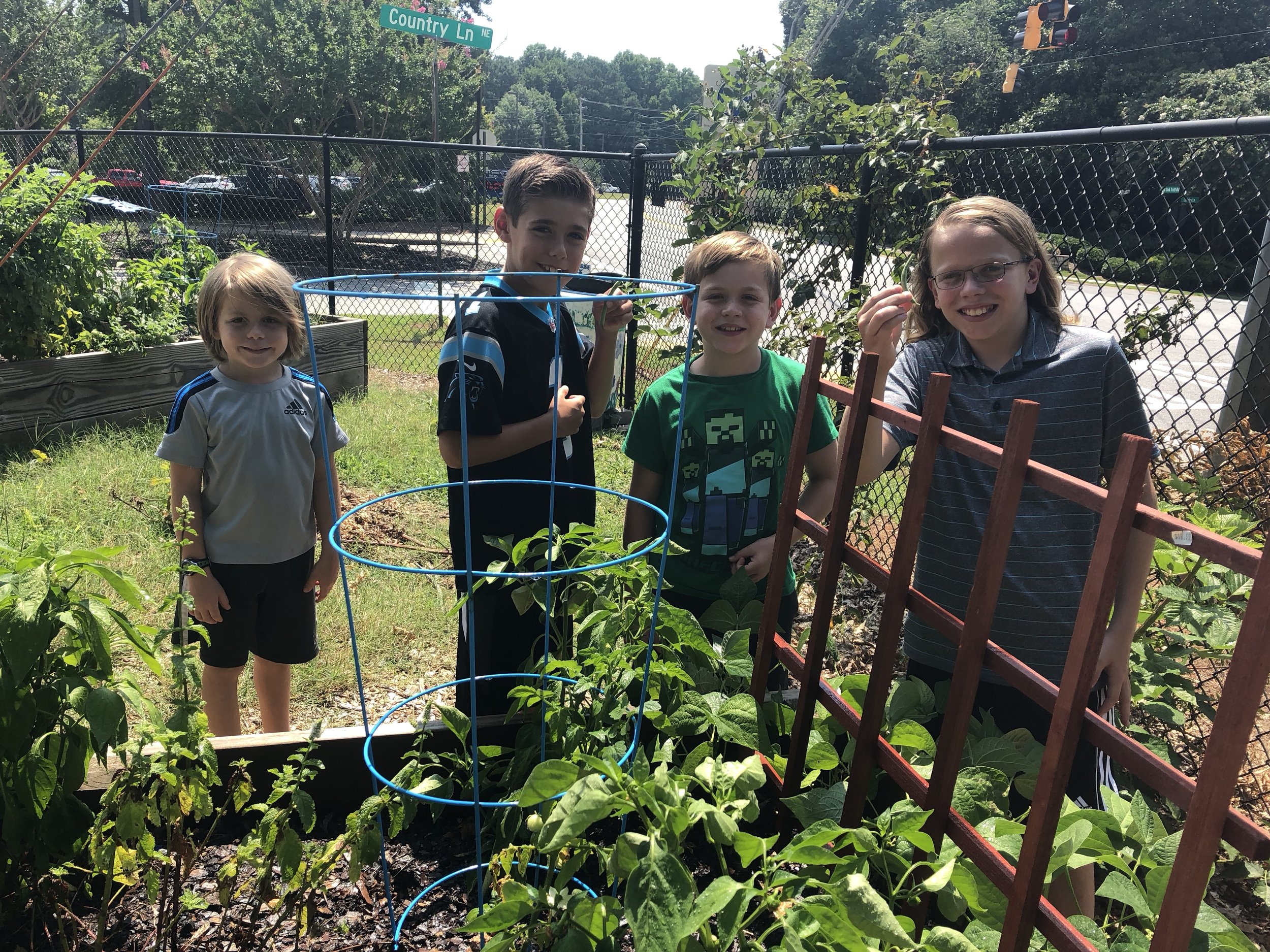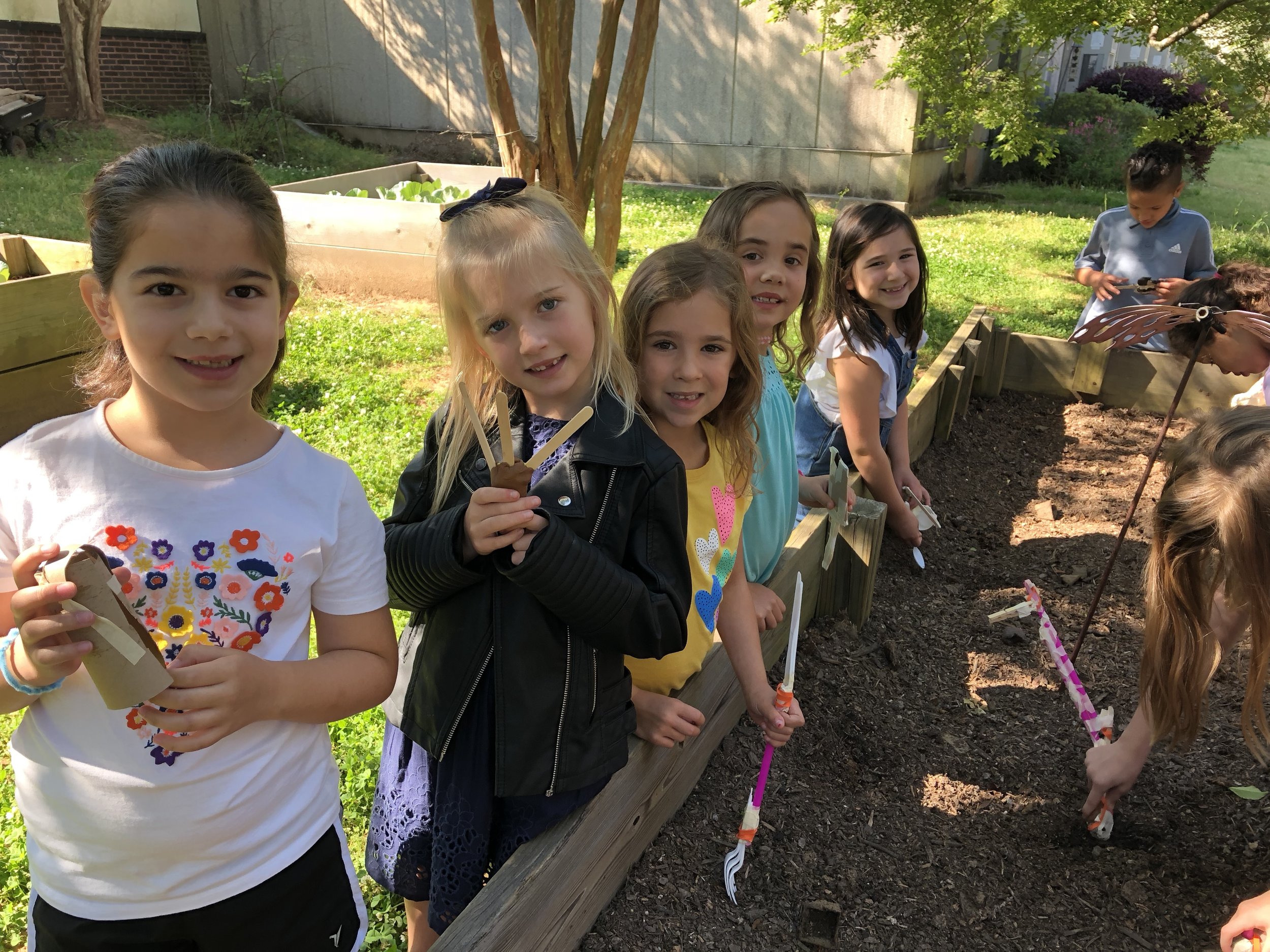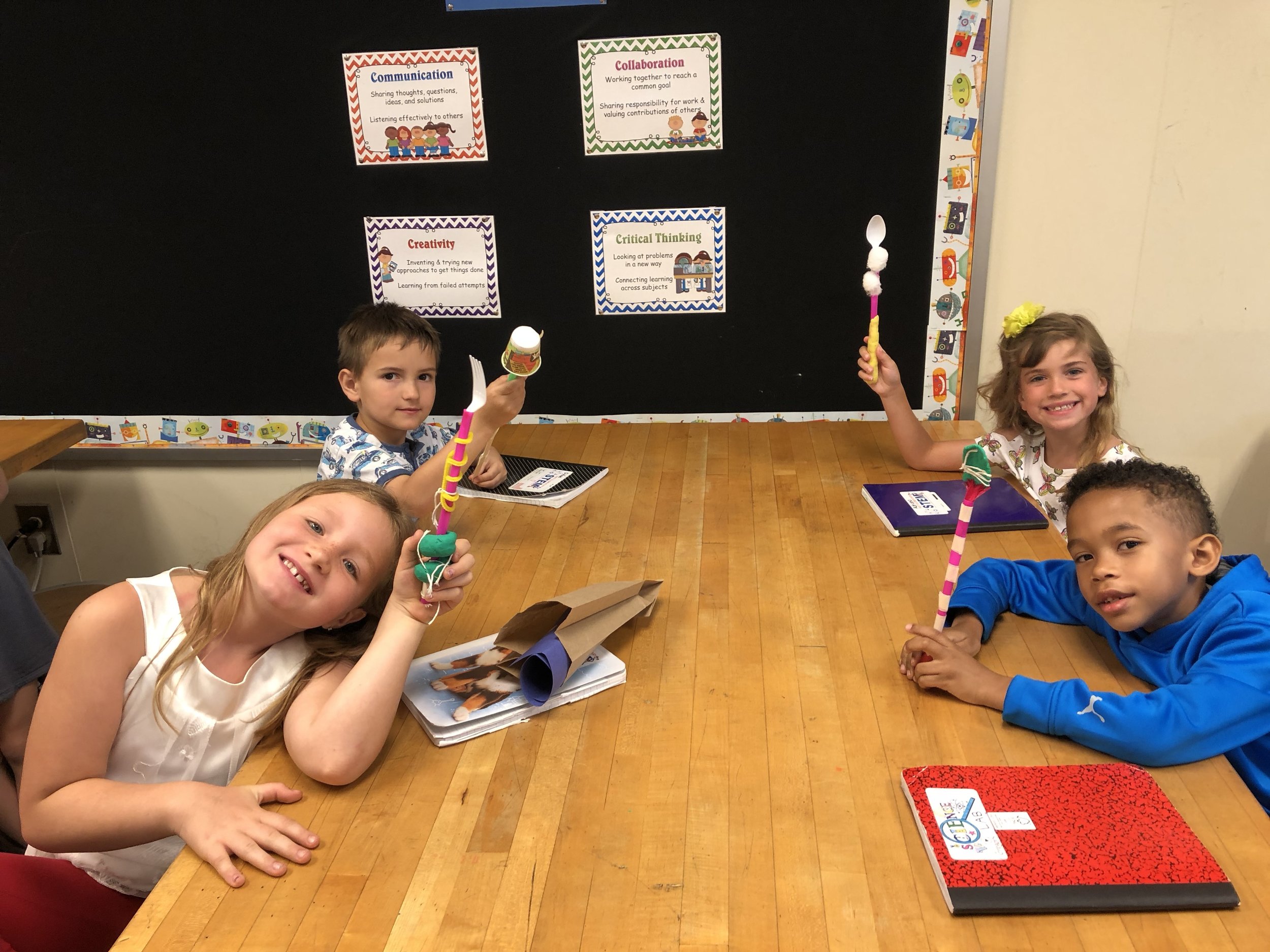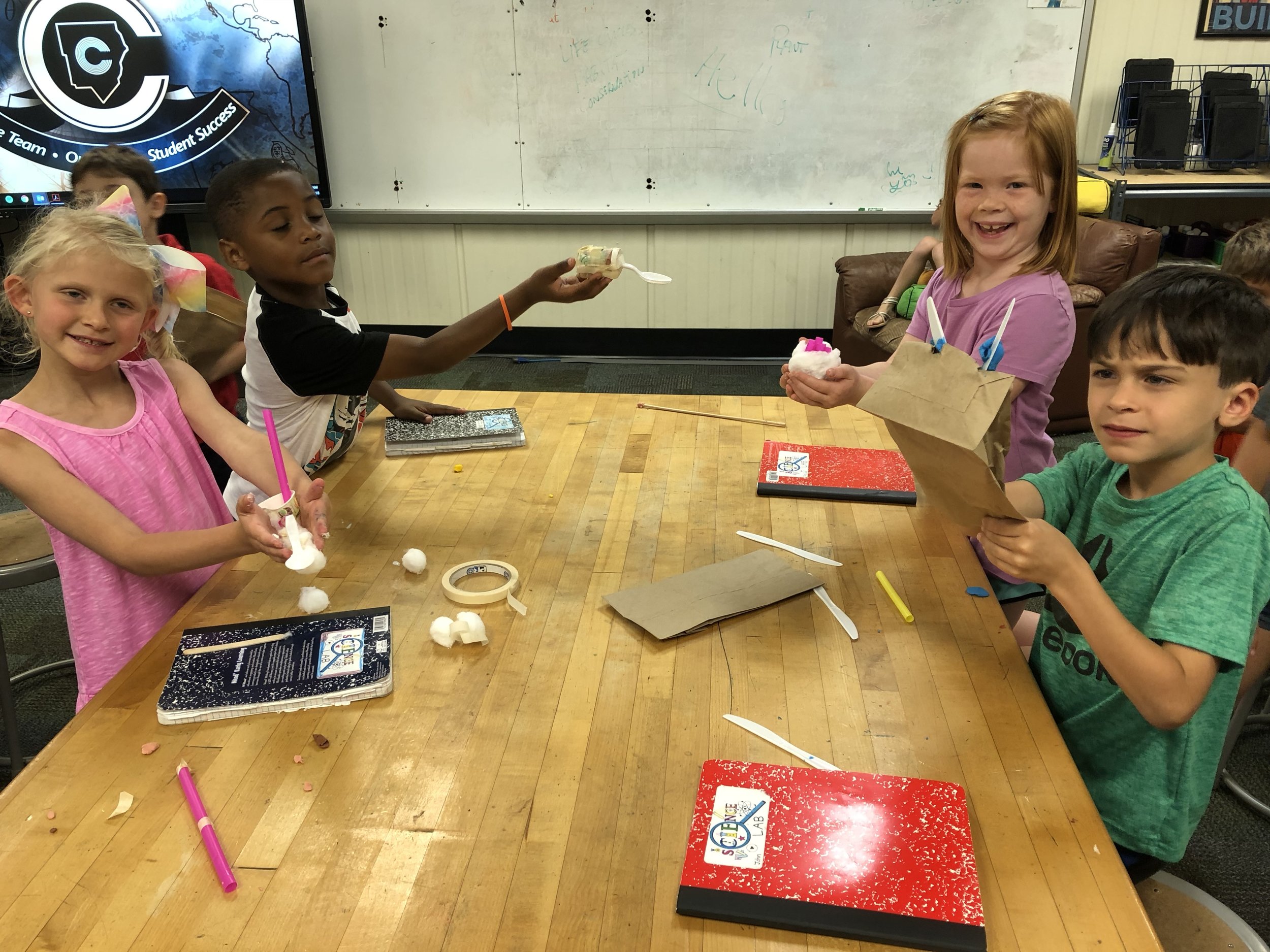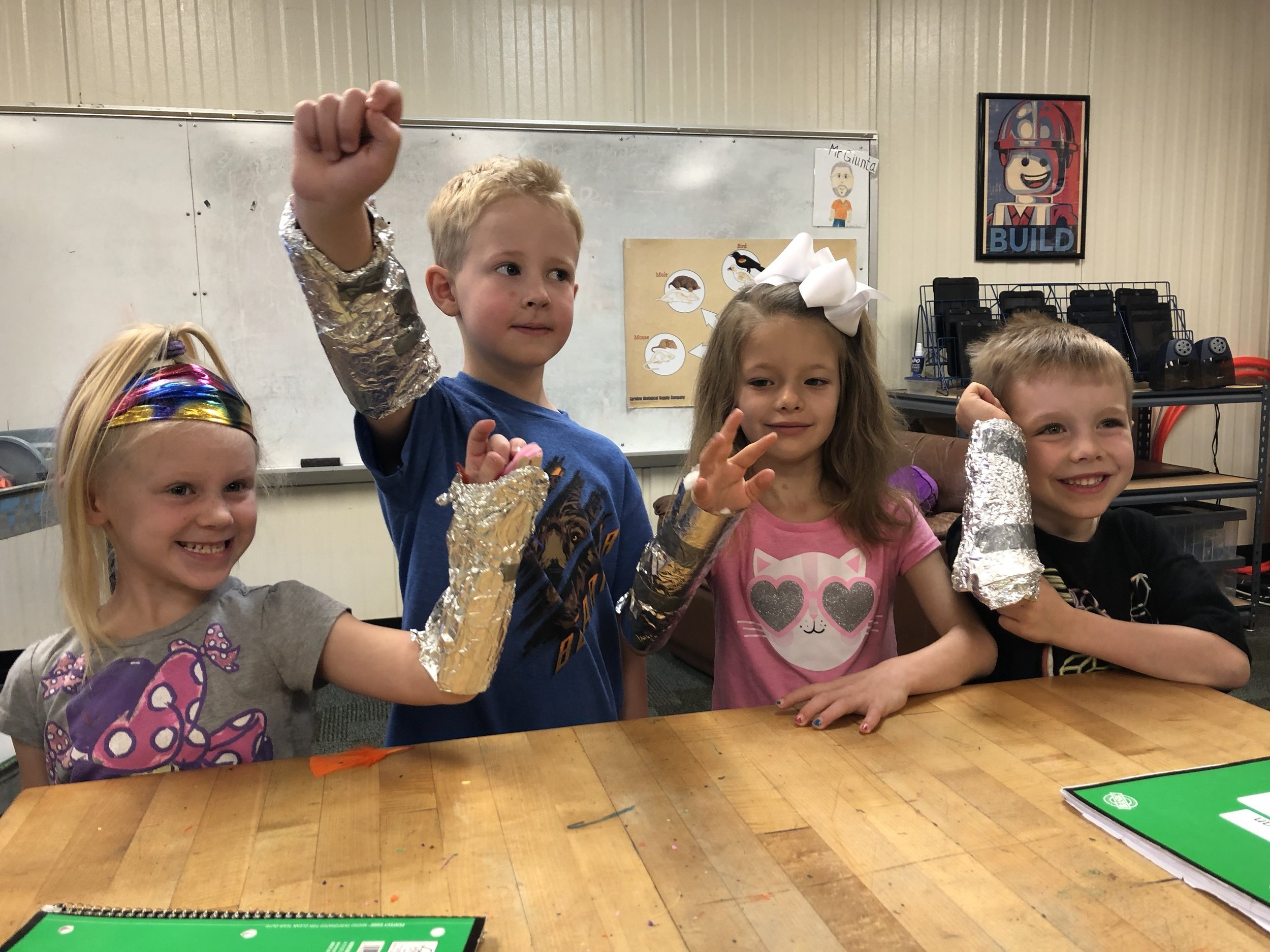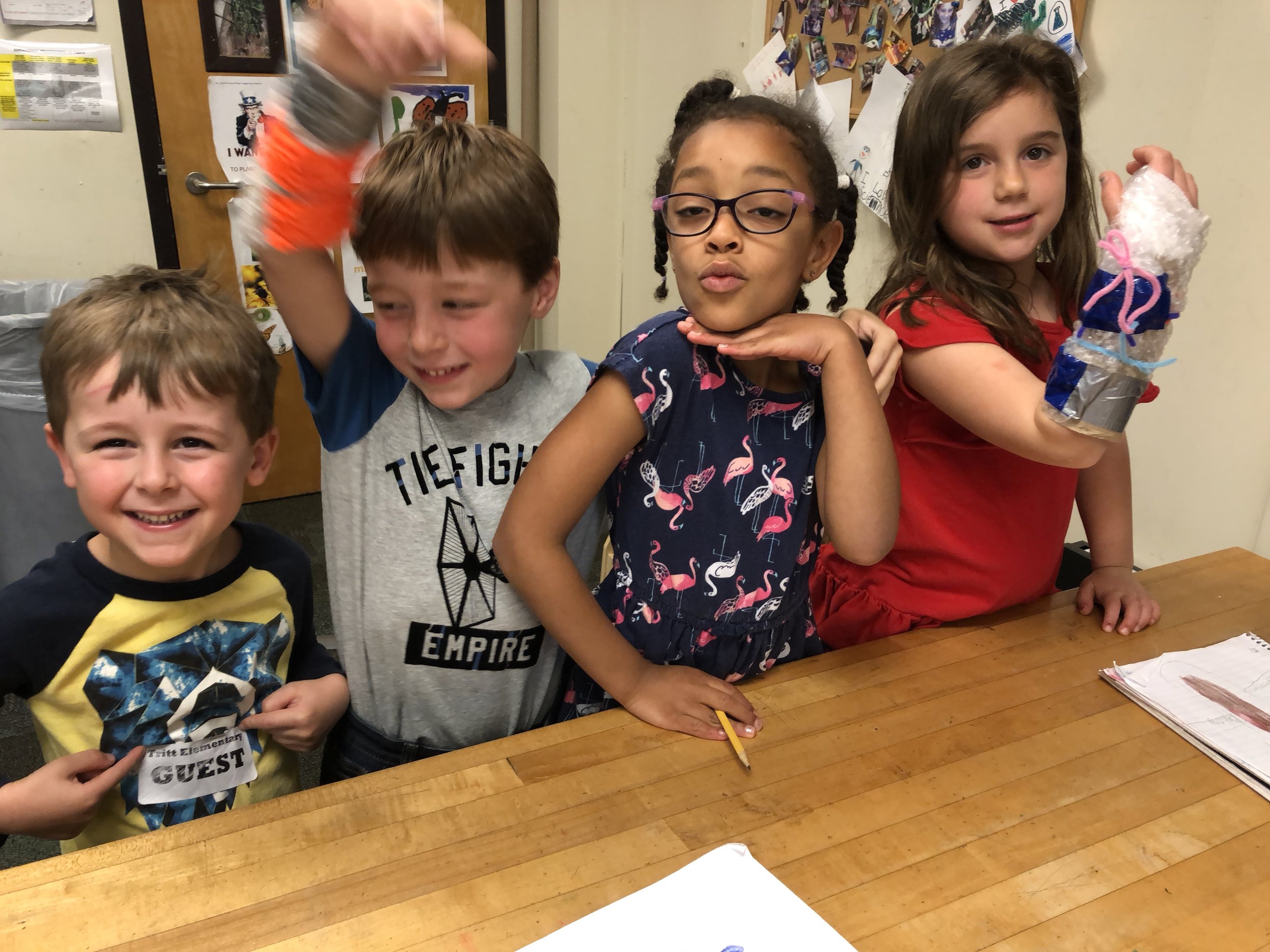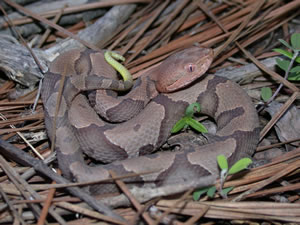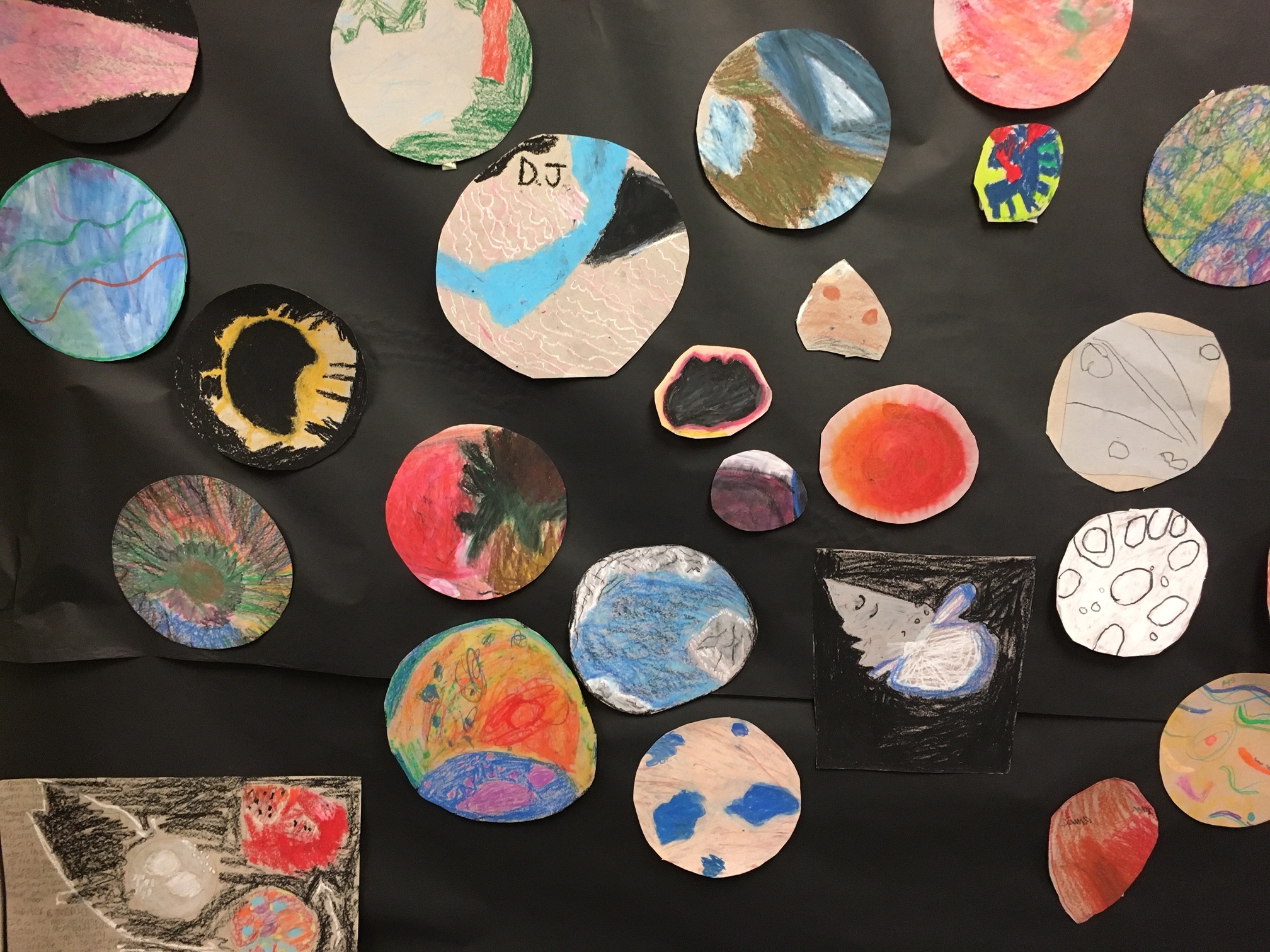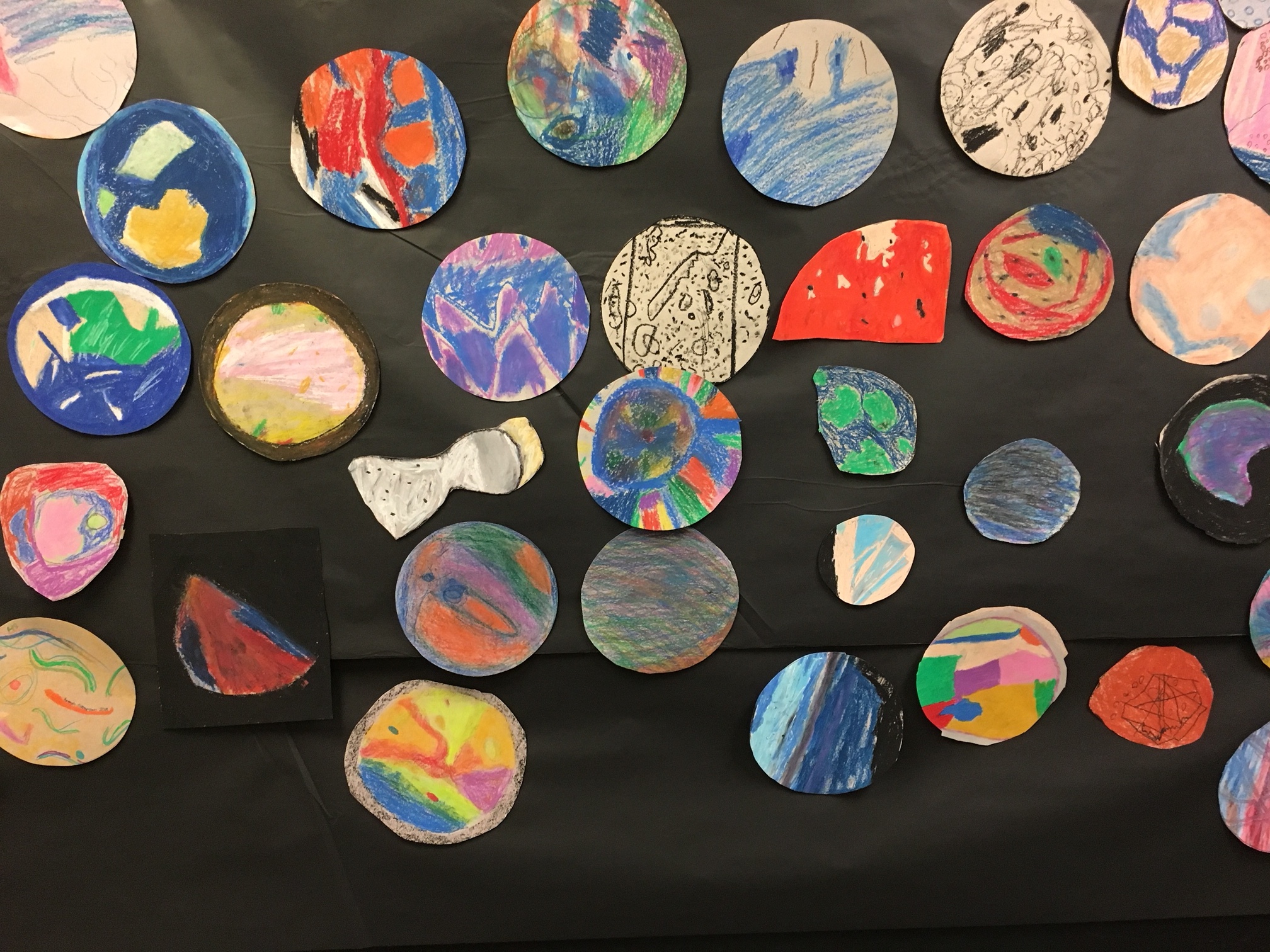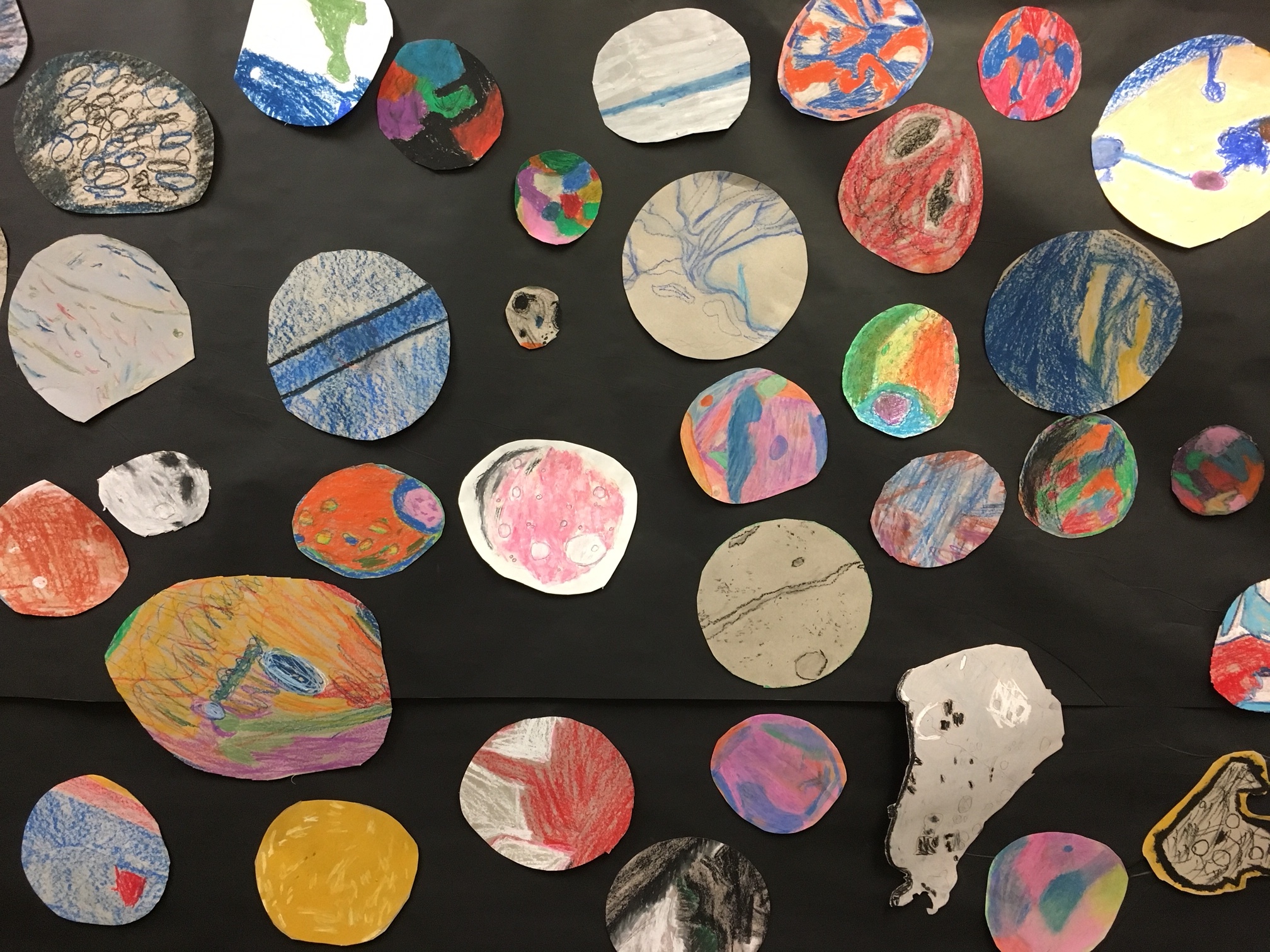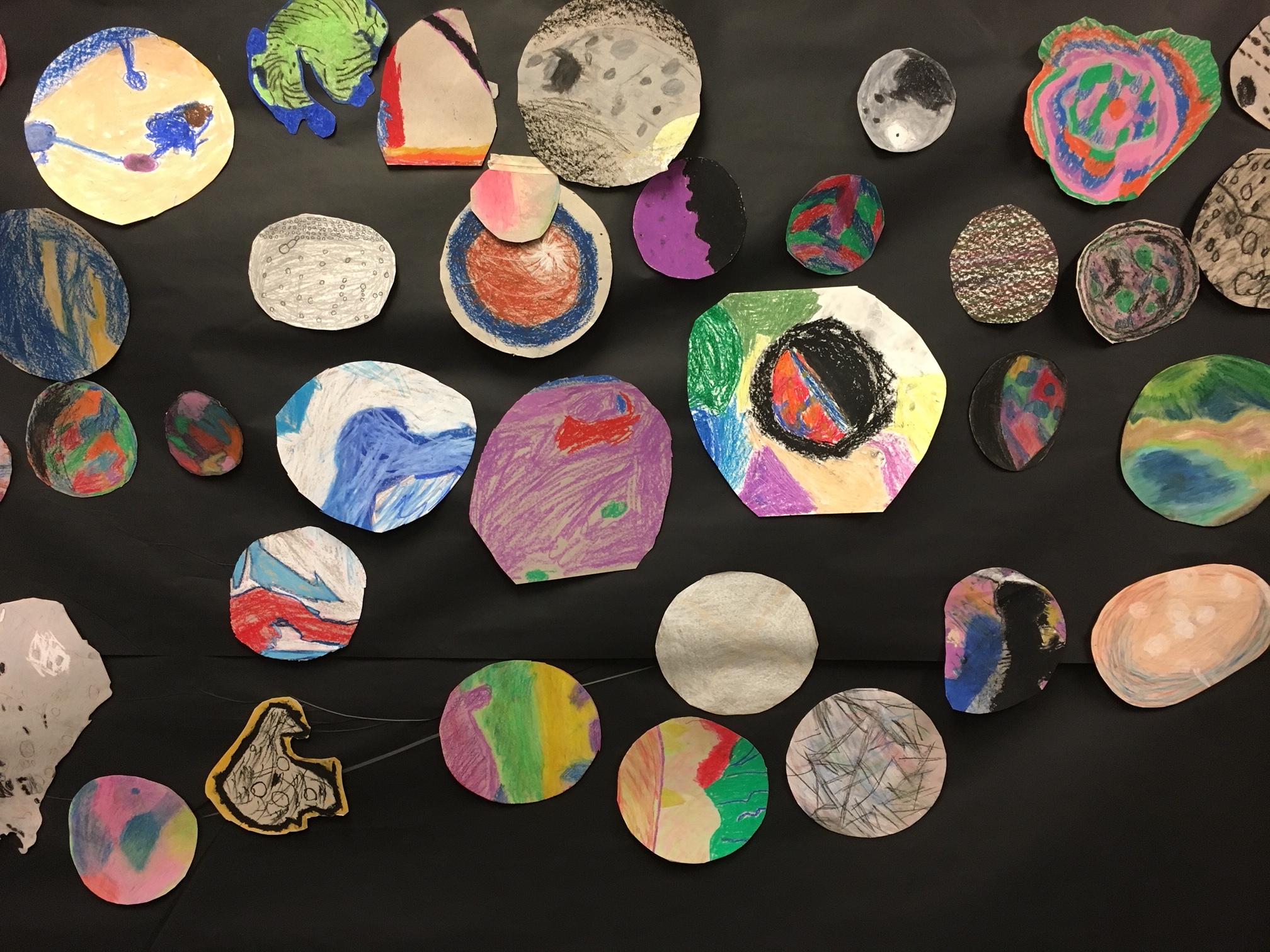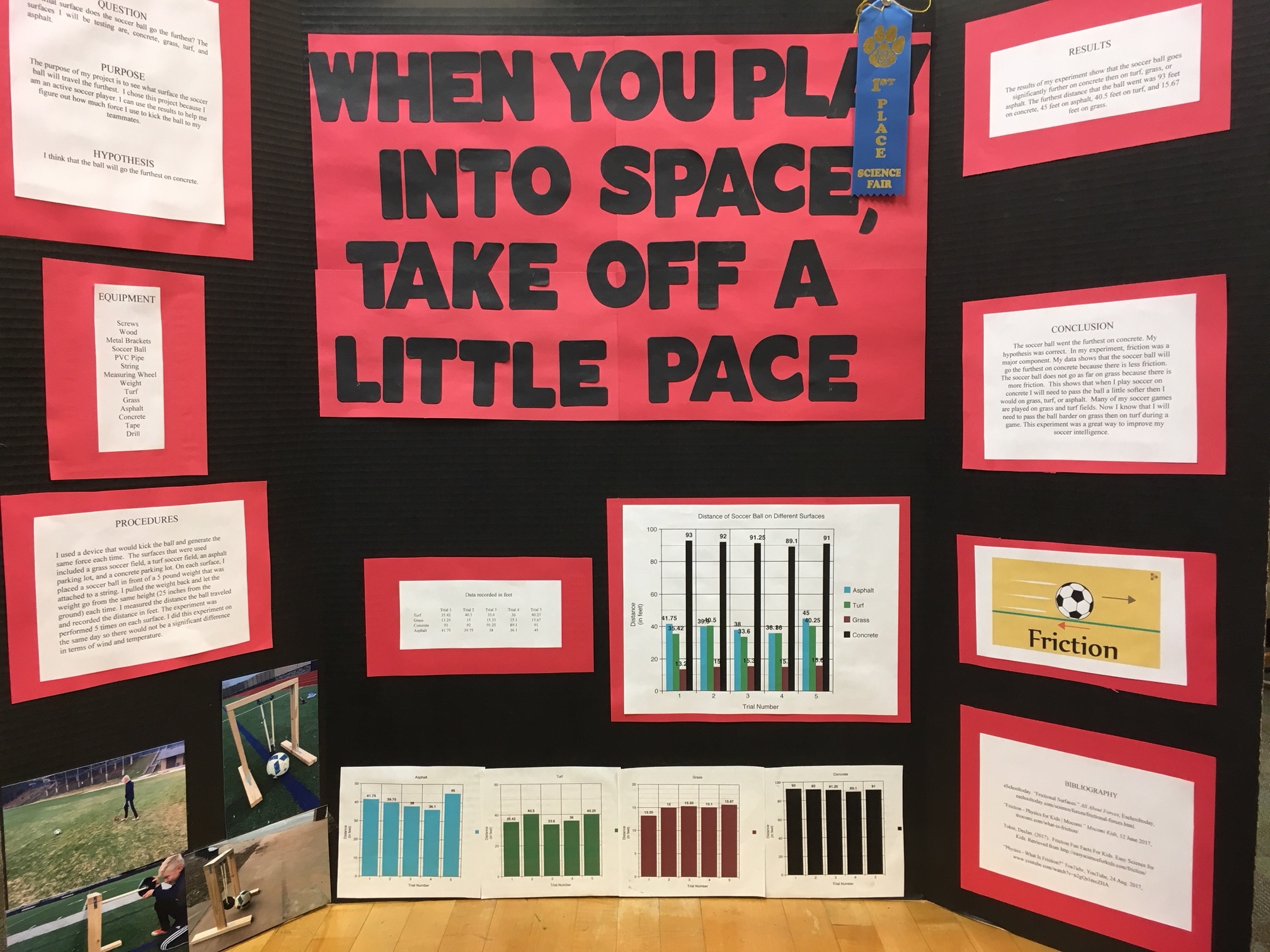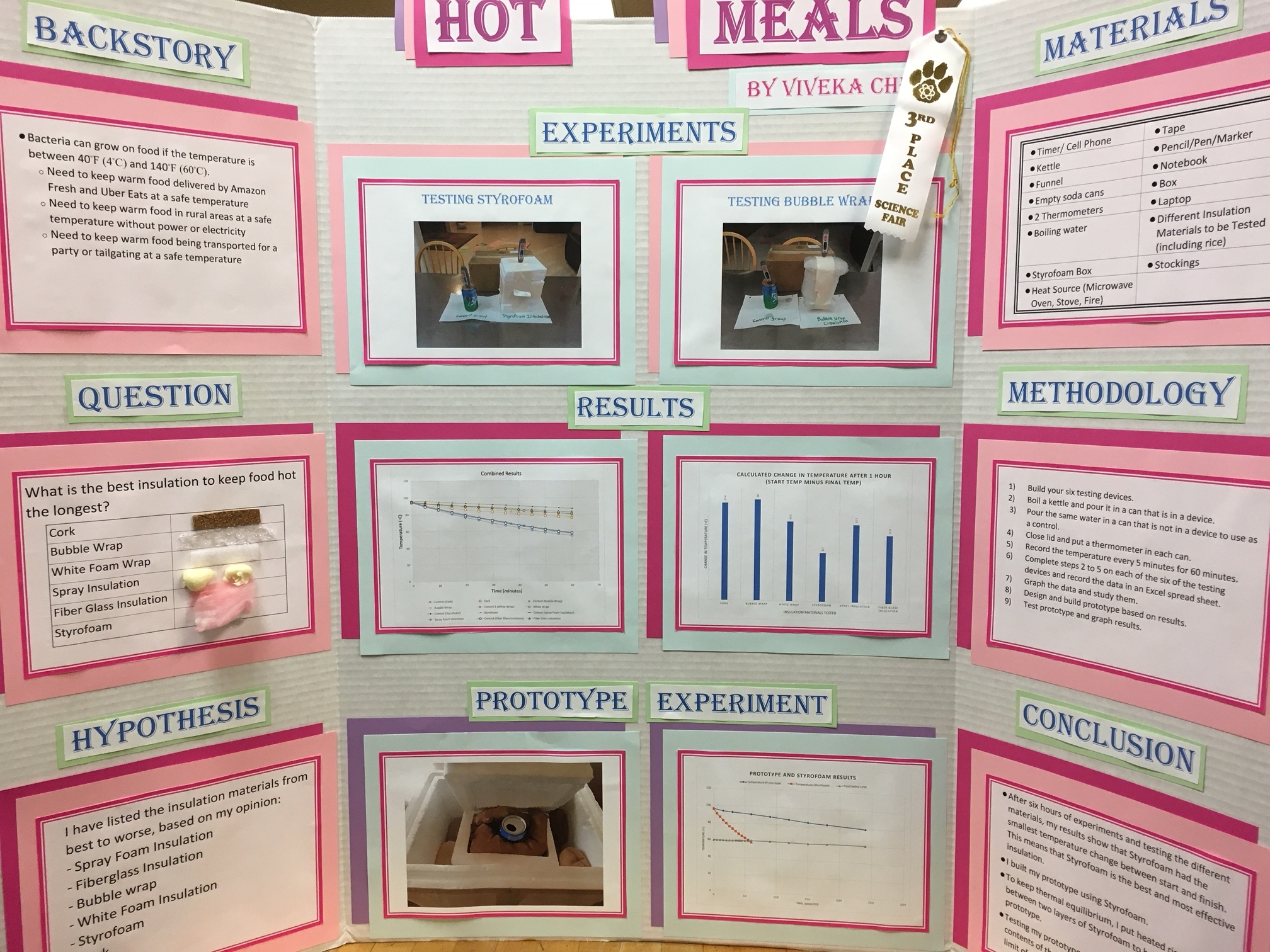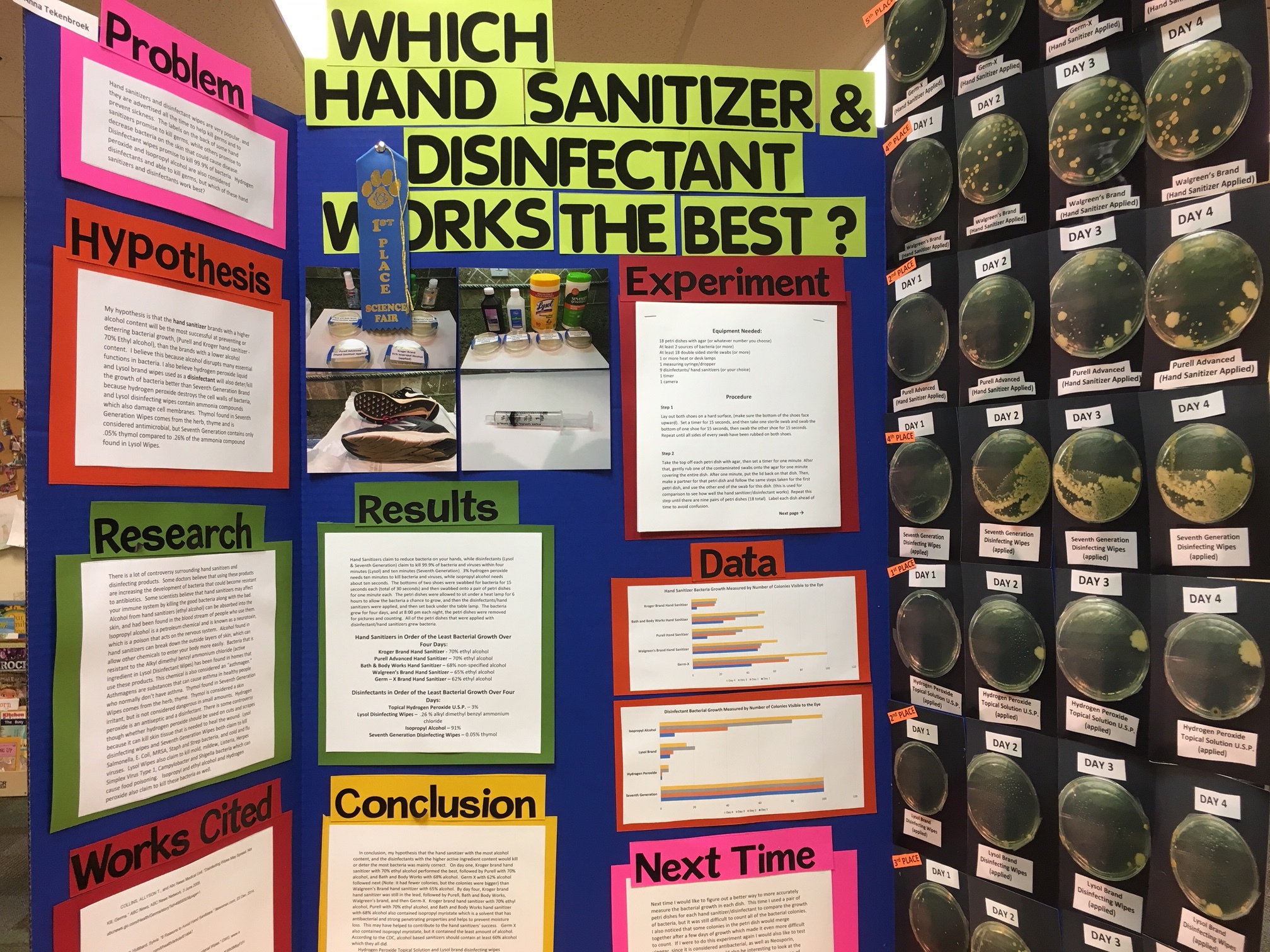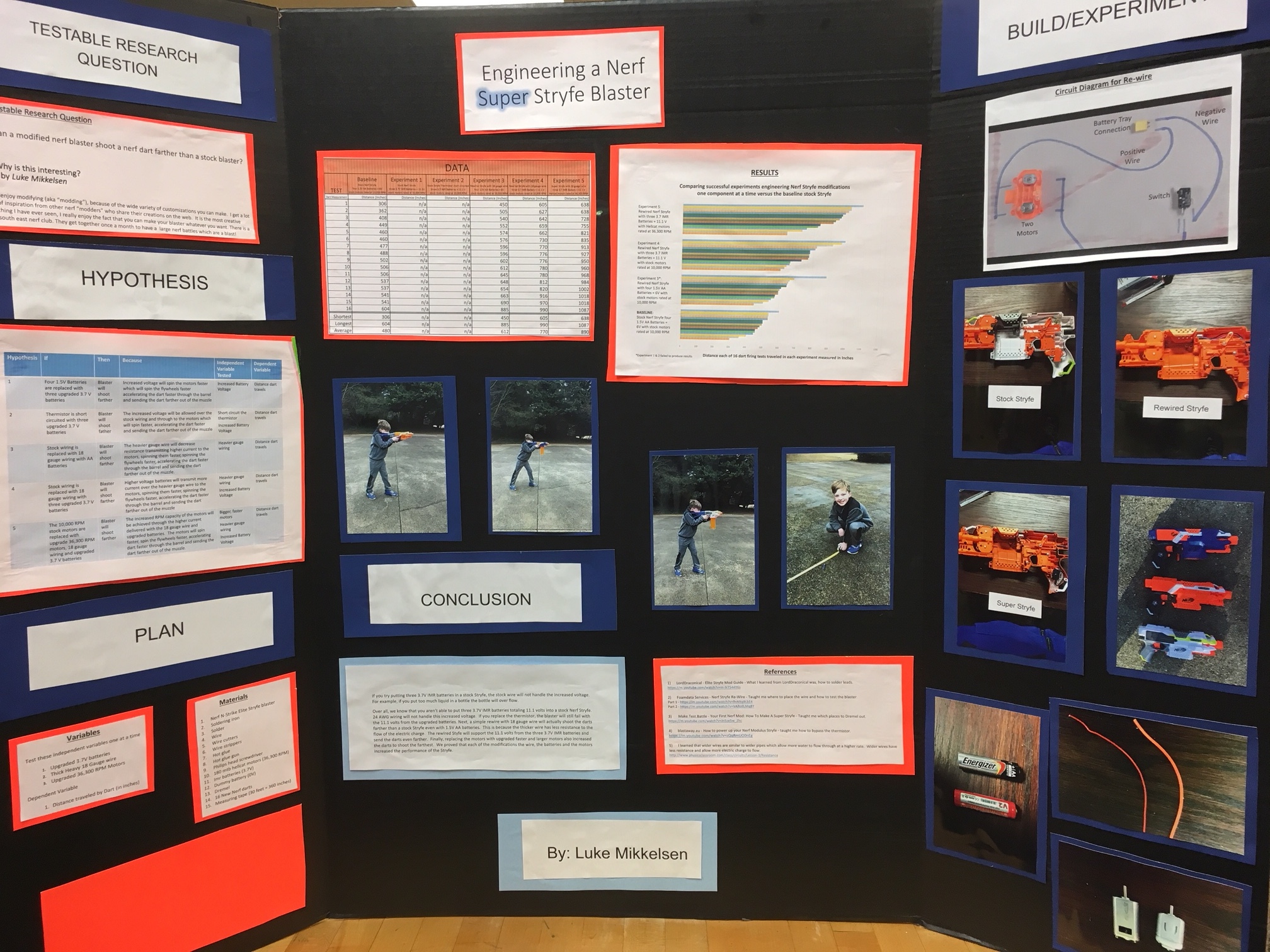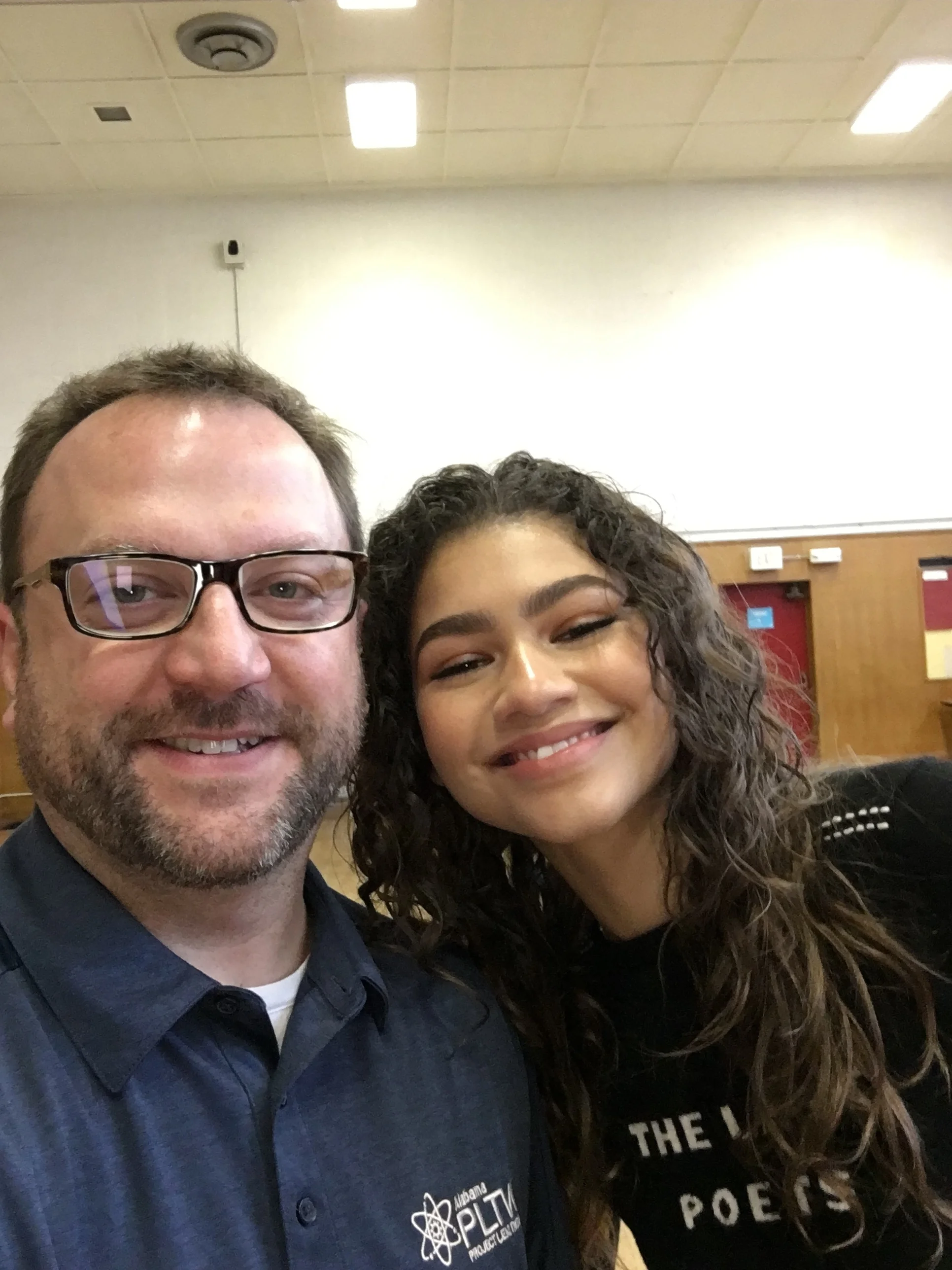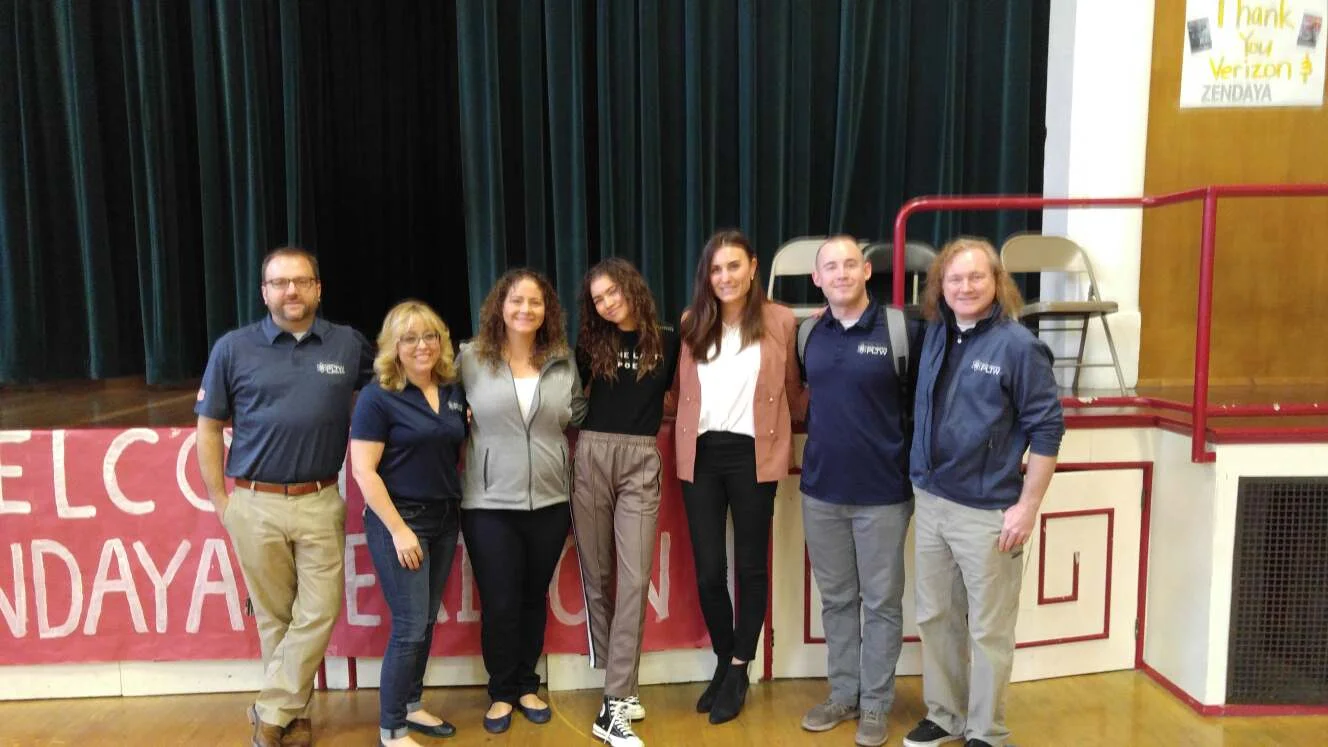Before our 3rd grades dive into their next PLTW challenge we are investing plants and animals of Georgia by diving into the "Give Wildlife a Chance" Poster Contest.
The Georgia Department of Natural Resources (DNR), The State Botanical Garden of Georgia and The Environmental Resources Network, Inc. (TERN) encourage you and your students to participate in the 28th annual Give Wildlife a Chance Poster Contest! As part of DNR and TERN’s “Kids For Conservation” initiative, this art contest provides a unique opportunity for kindergarten through fifth-grade students to explore the wonders of Georgia’s native plant and nongame animal species through the 2017–2018 theme: Nature at Night!
Native species are those that naturally occur in Georgia, unlike exotic species that were introduced from other places. Georgia’s native plants and animals come in all shapes and sizes—from the large, moss-covered live oak (our state tree) to the little grass frog, the smallest frog species in North America. About 95% of Georgia’s native wildlife species are nongame (those which are not legally fished for or hunted) and include rare, threatened or endangered animals and plants such as Barbour’s map turtle and dwarf trillium. Our state is home to approximately 3,600 species of native plants, 950 nongame vertebrate species and countless invertebrate species and non-vascular plants. While game species are important, this art contest focuses on nongame wildlife.
Nongame wildlife can be found in your schoolyard, backyard or community greenspace. Some of the nongame wildlife that your students may want to depict in their artwork are bats, chipmunks, darters, frogs, hawks, songbirds, sea turtles, snakes, insects and many species of native plants. Take your students outside your school or on a field trip to a nearby state park, botanical garden or wildlife management area, and discover Georgia’s wildlife!
Poster Contest Rules & Guidelines
Size & Format
- Outside dimensions cannot exceed 17" x 22" (vertically or horizontally).
- Collages and other three-dimensional artwork are not suitable for this contest.
- Posters should be submitted on white tagboard or on white art paper (no matting).
- DO NOT FOLD. Submit art flat in a package or roll into a mailing tube.
- If you want the students’ entries returned, you MUST include exact postage (stamps only—no metered tapes) and mailing label or the entries will not be returned.
Contest Rules
- While following the Poster Contest Rules and Guidelines, instruct your students to create their own artwork based on this year's theme, and arrange for a local competition at your school.
- Each entry should depict at least one native nongame plant and/or animal of Georgia. Please include the Artwork Description information on the Poster Contest Entry Form. This demonstrates to the judges the student researched their subject.
- First-, second- and third-place winners should be chosen at the local level (refer to Contest Awards section).
- All participating students can receive place award ribbons and a Give Wildlife a Chance certificate (refer to Contest Awards section).
- Only ONE school-wide winner from each division can be chosen to compete in the state-level contest at the State Botanical Garden of Georgia (refer to Eligibility section). State-level entries are normally the artwork of the first-place school winners.
- All contest entries must adhere to the contest theme: Nature at Night
- Avoid focusing on game species (those legally hunted or fished). Examples include white-tailed deer, wild turkey, gray squirrel, bear, bobcat, Canada geese, mourning dove, bobwhite quail, alligator, and largemouth bass. For a full list of game species, see the 2016–2017 Hunting Seasons and Fishing Regulations as well as the Migratory Bird Seasons. While these animals are important, this competition emphasizes Georgia's nongame animals and native plants.
- Do not include pictures of exotic zoo animals. This art contest focuses on Georgia’s native plants and animals.


